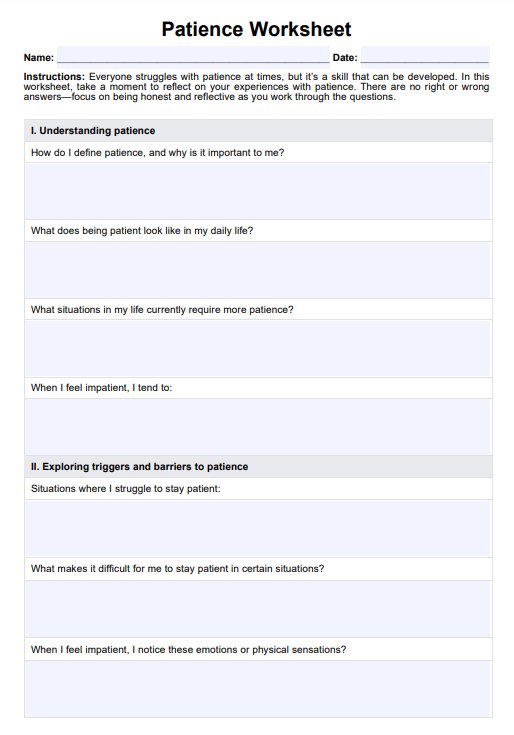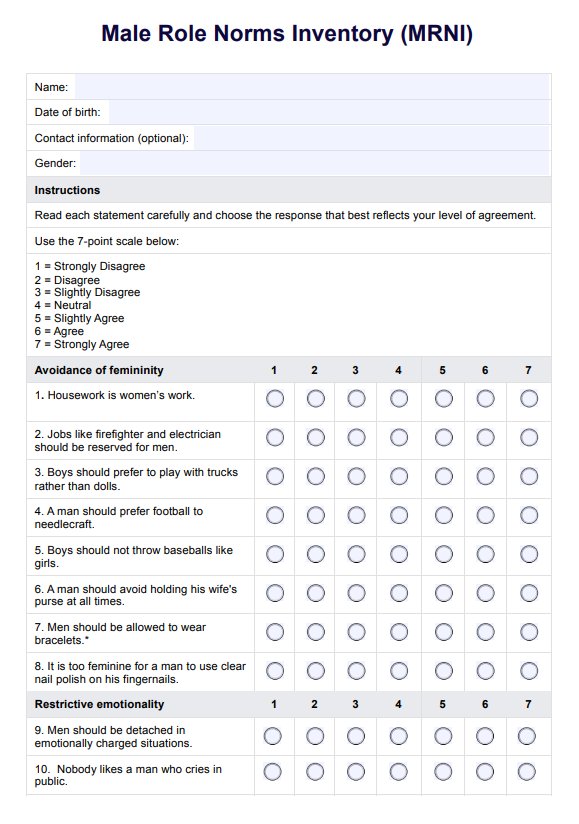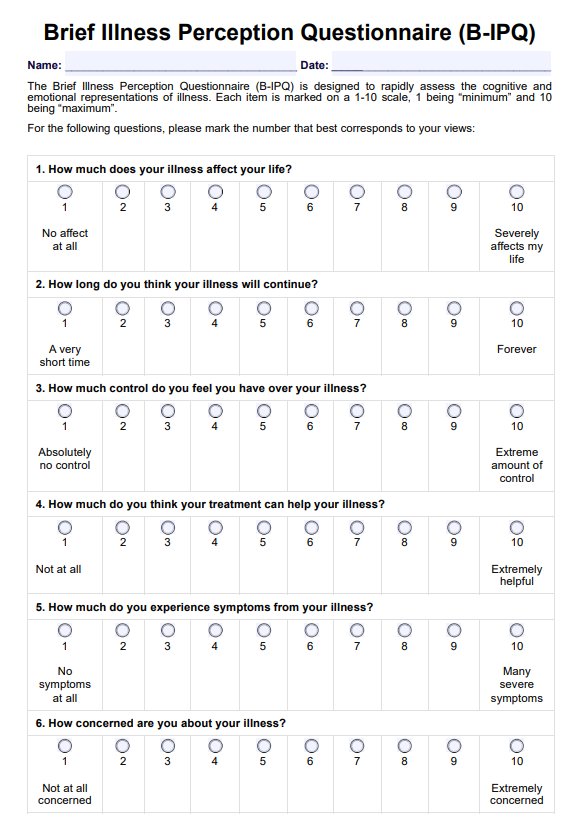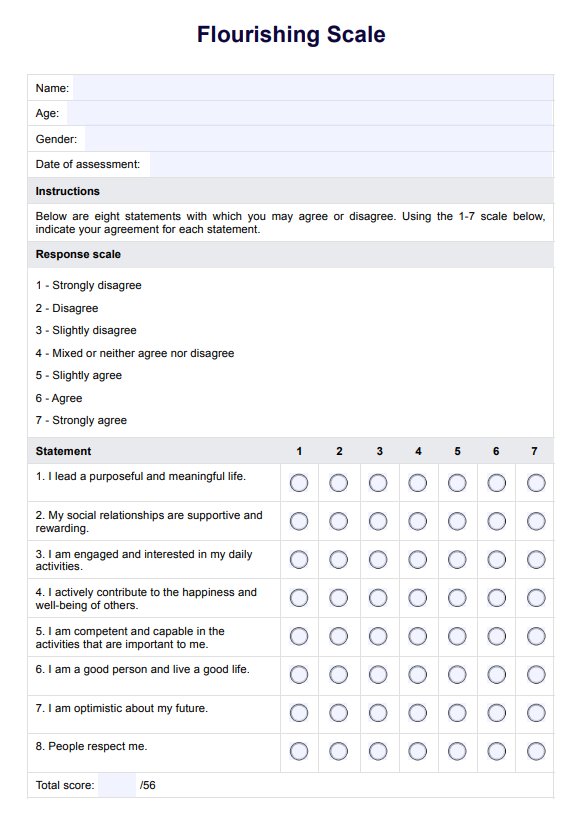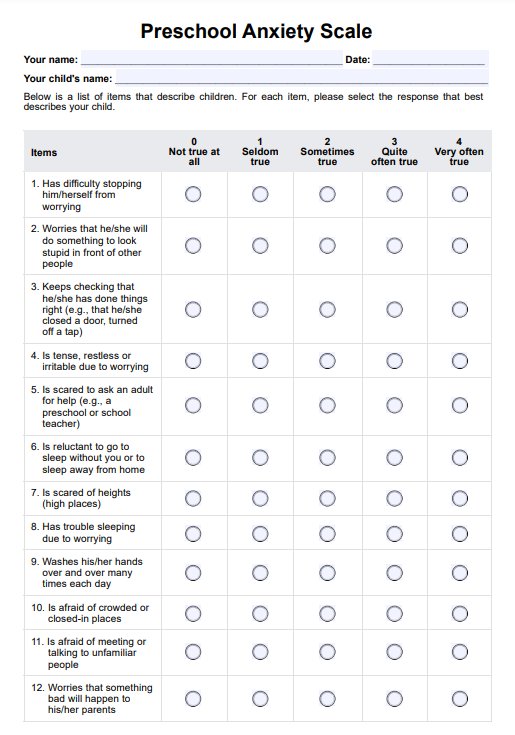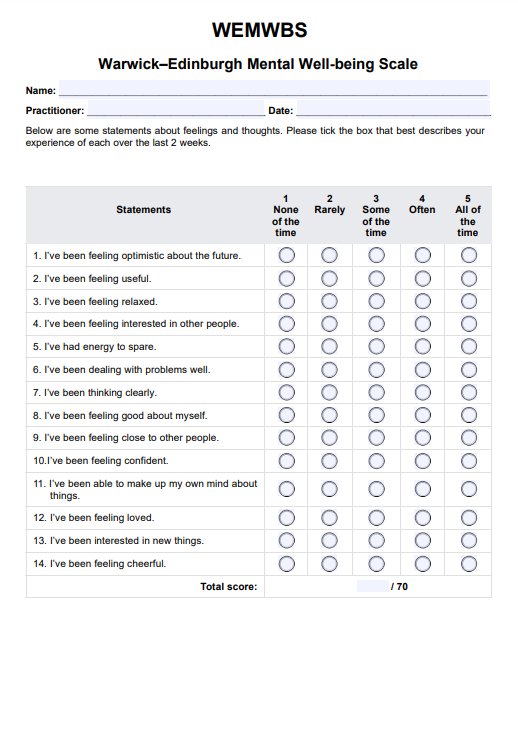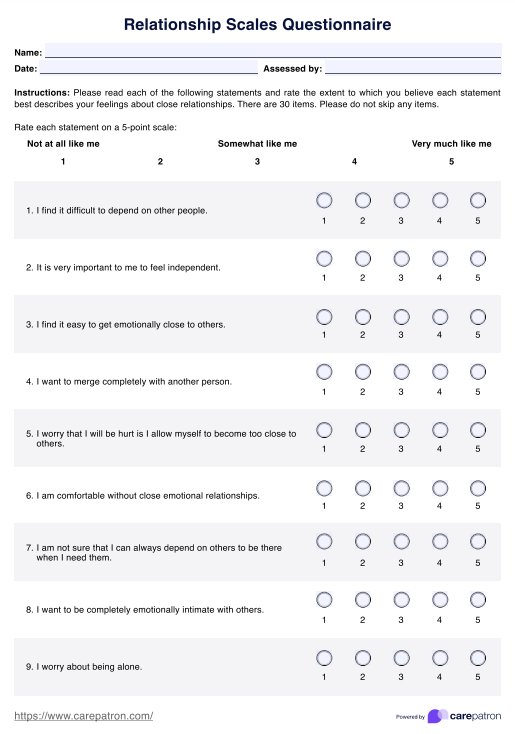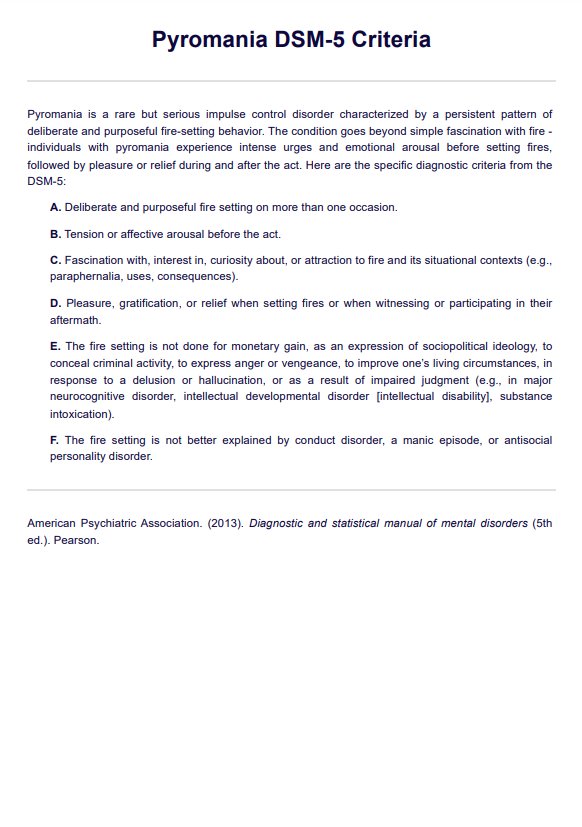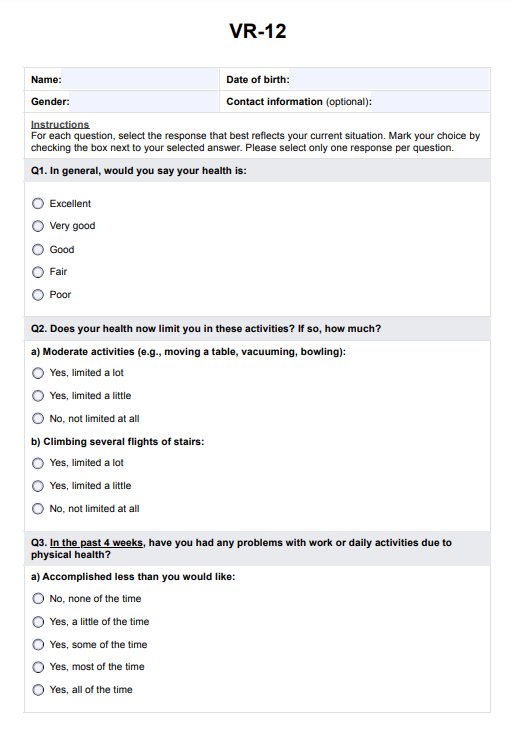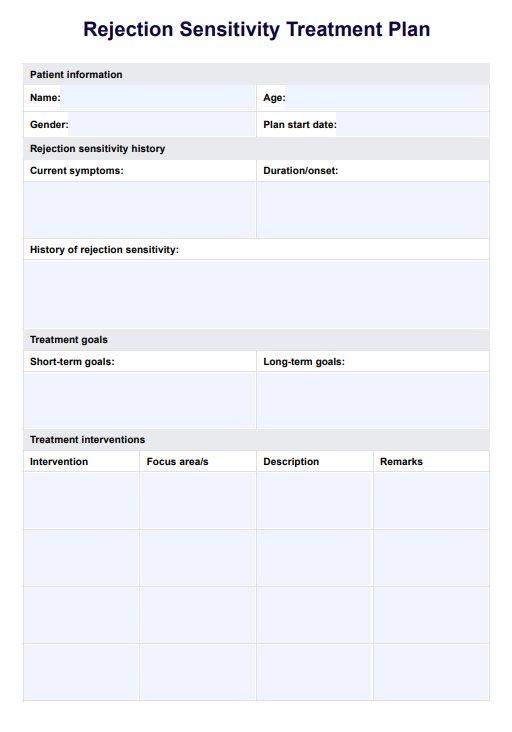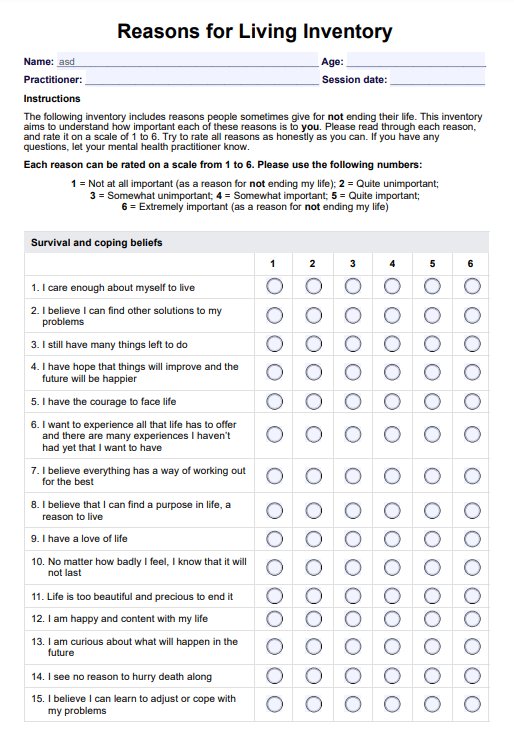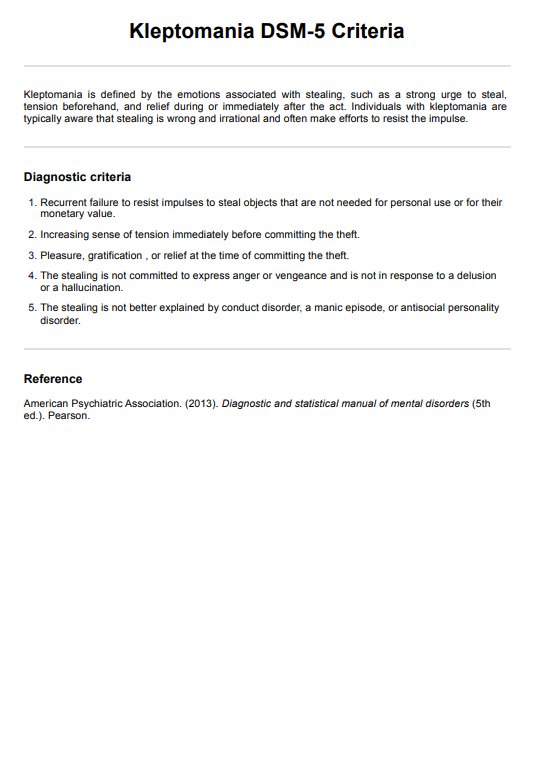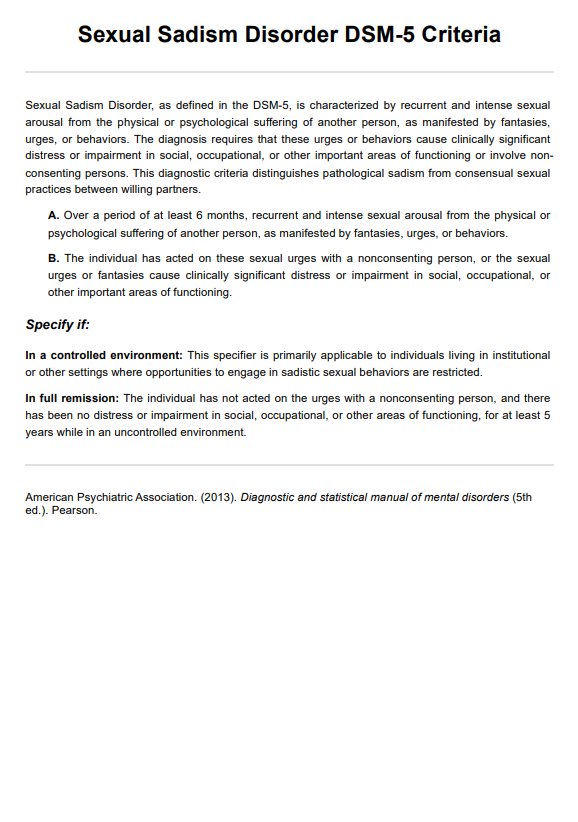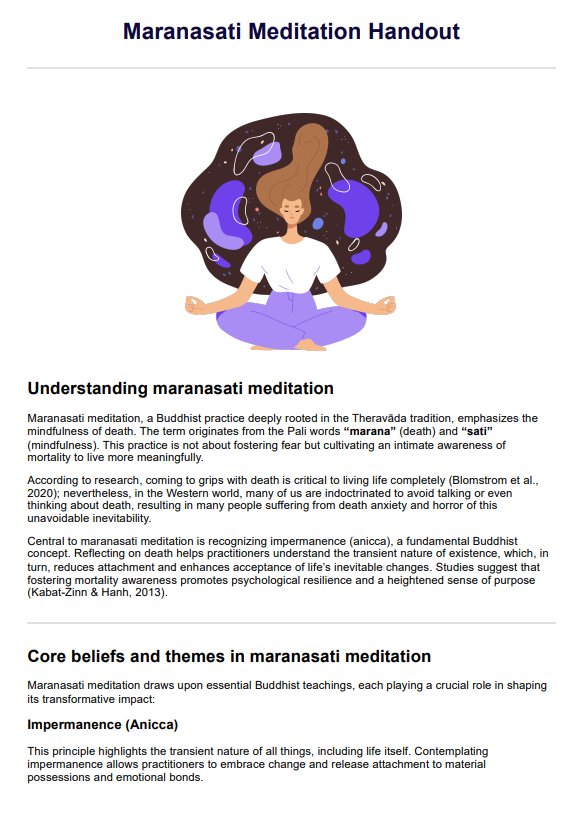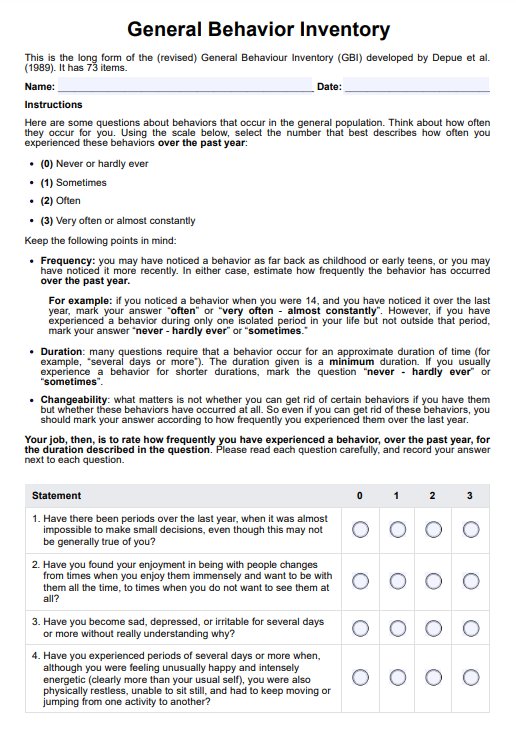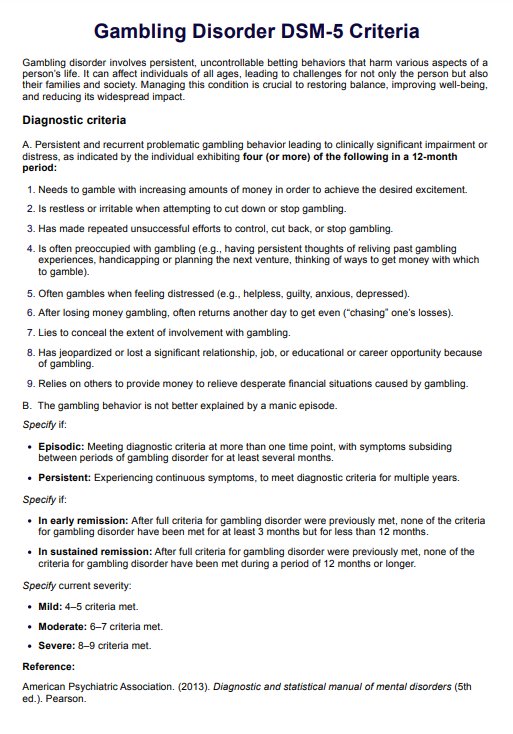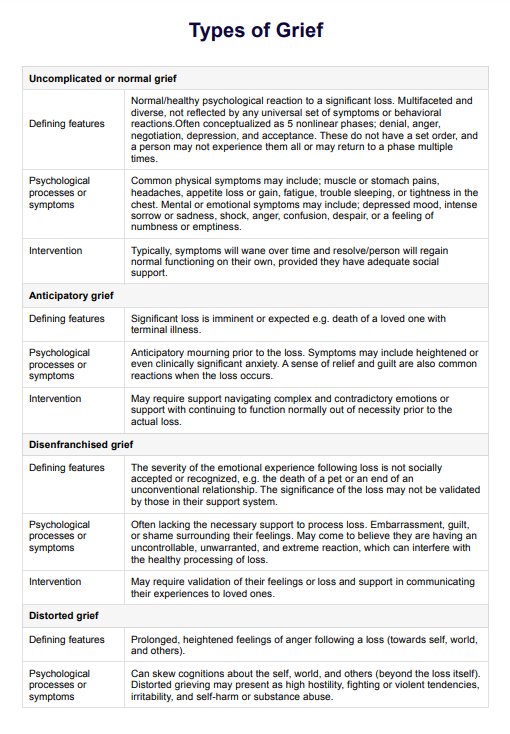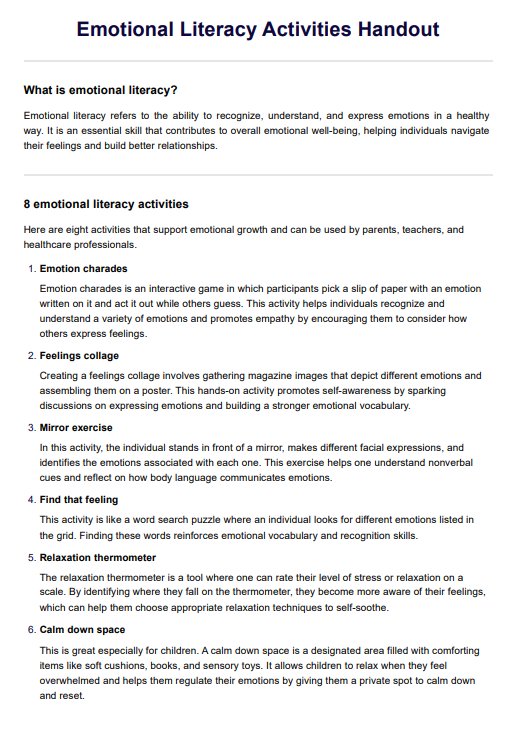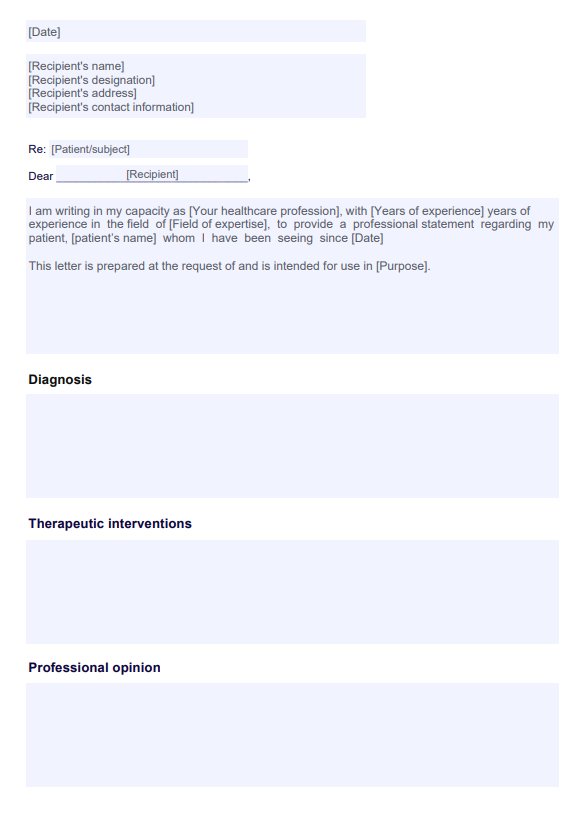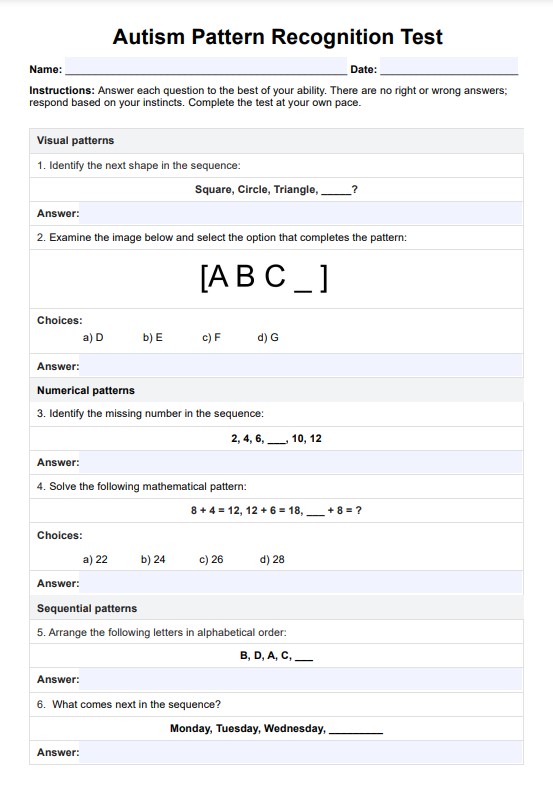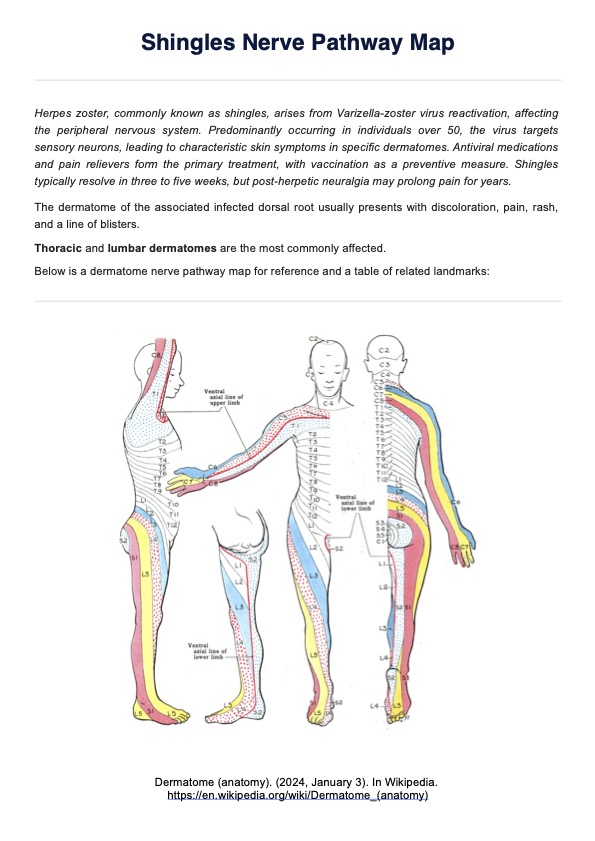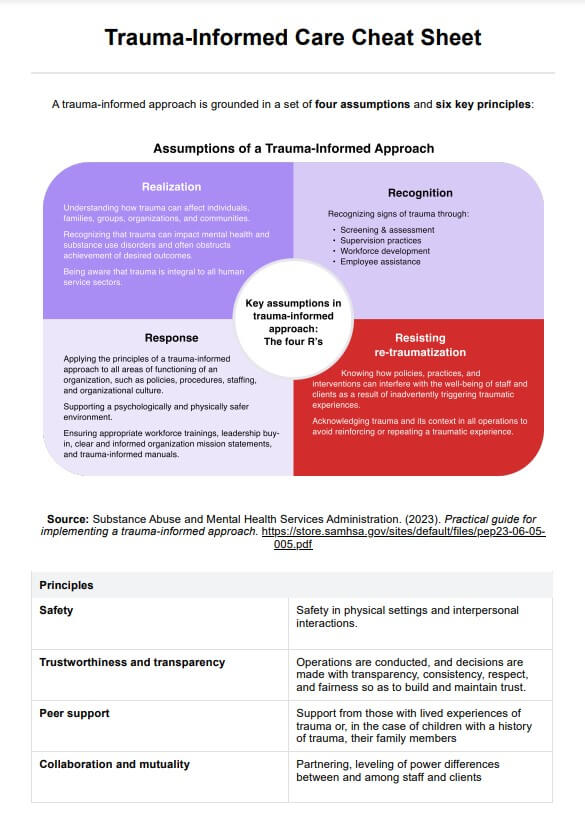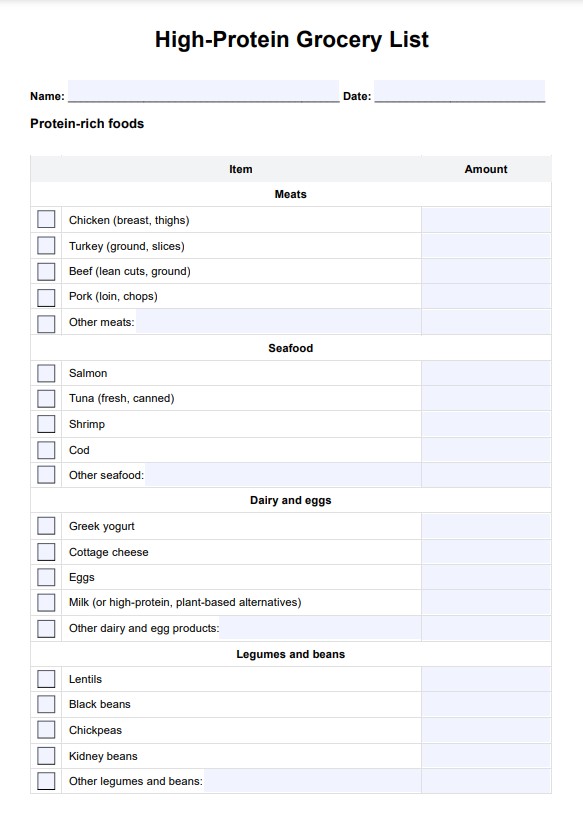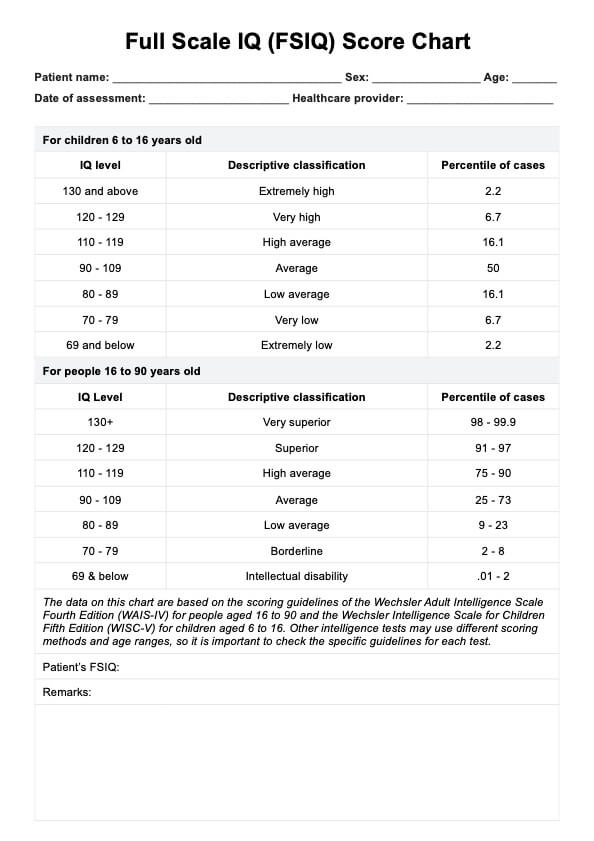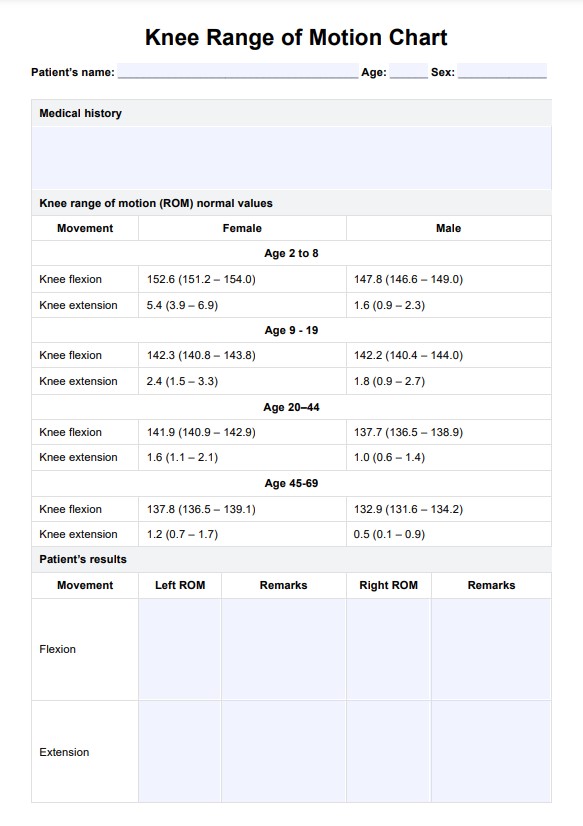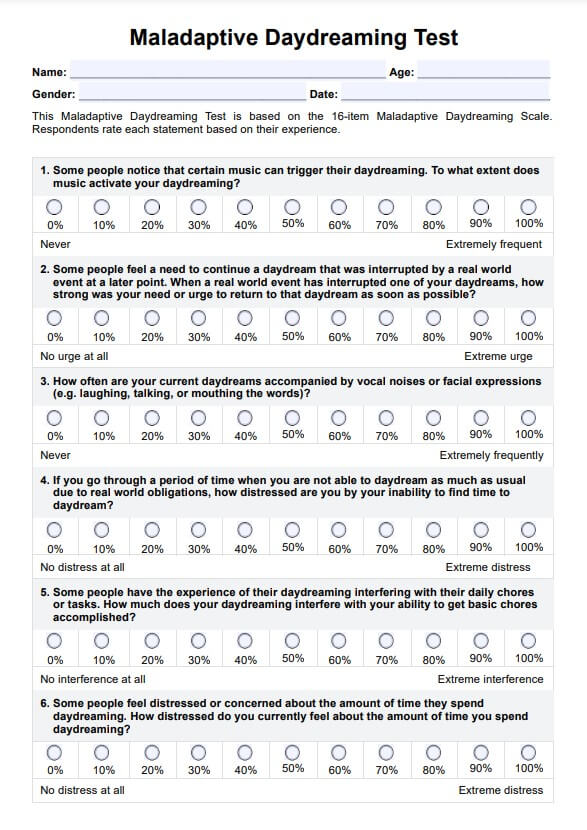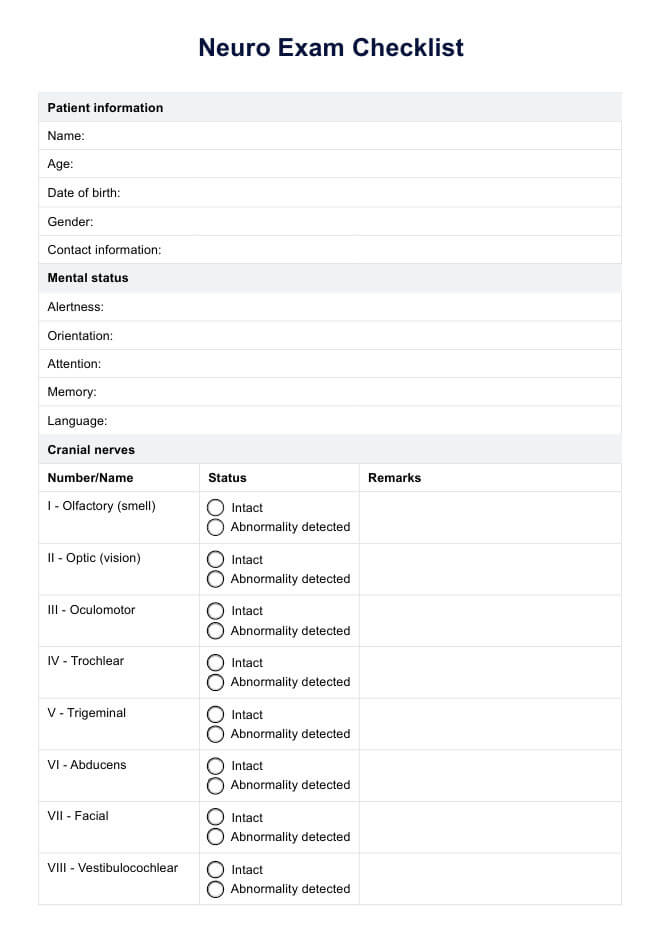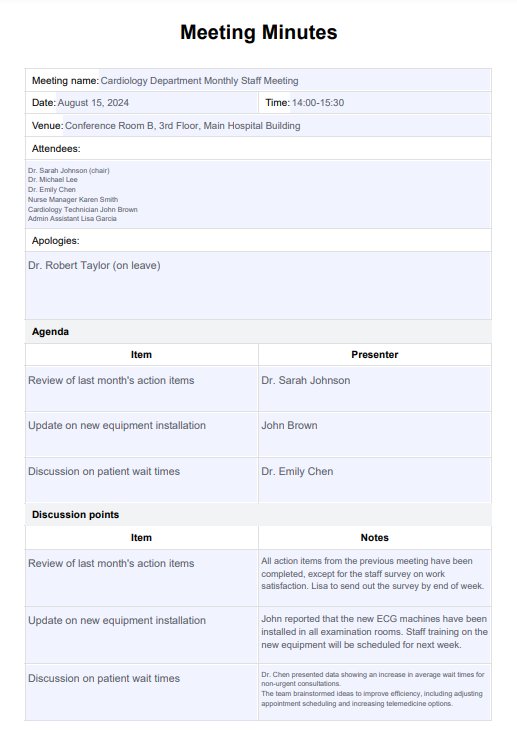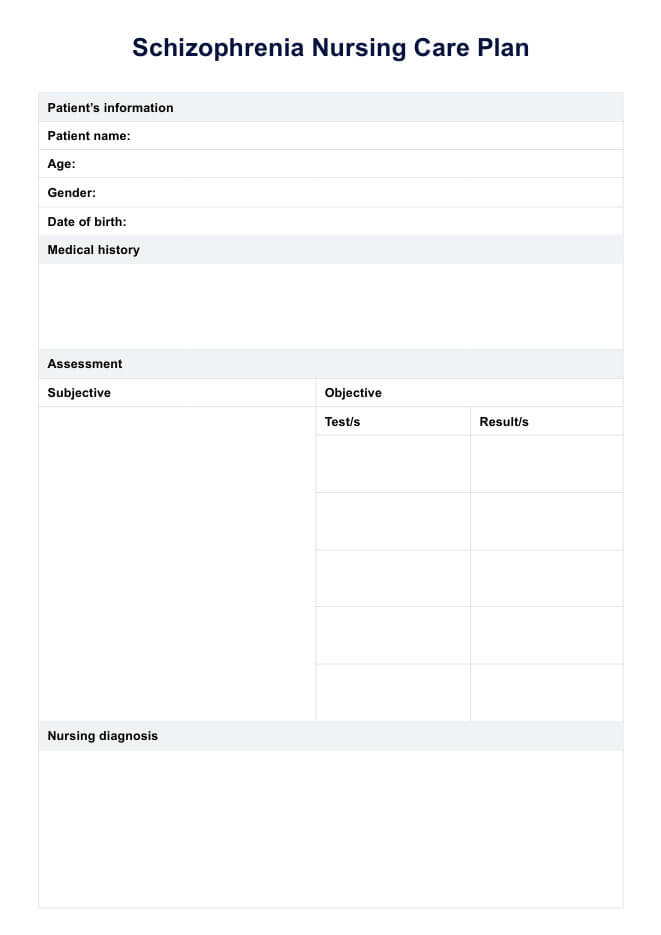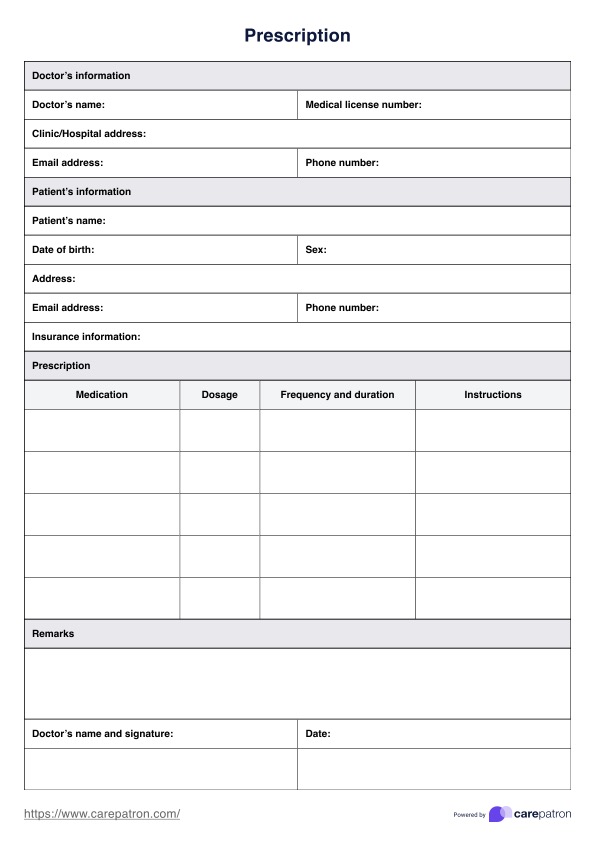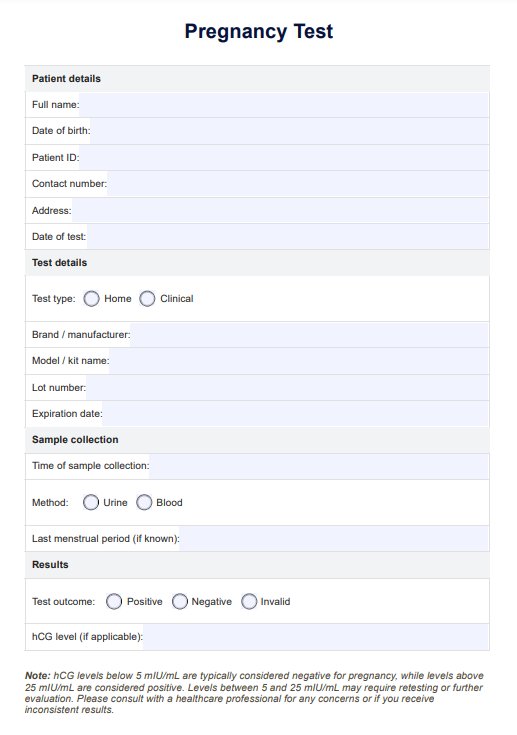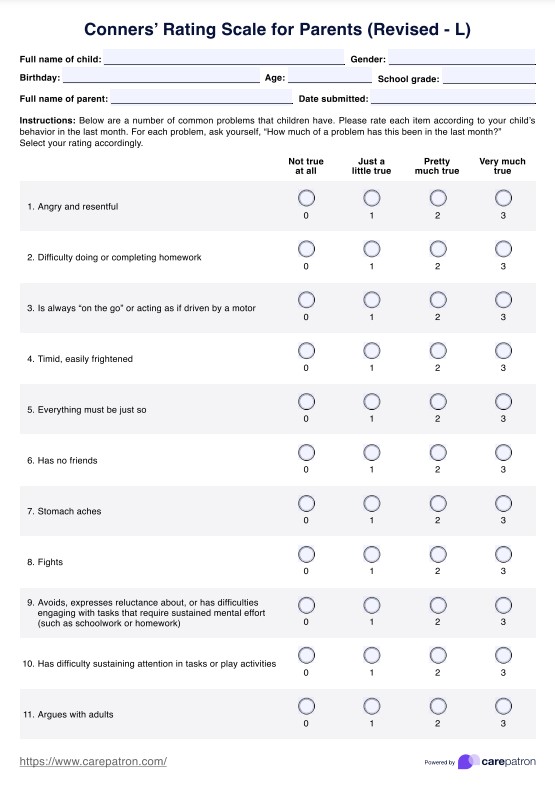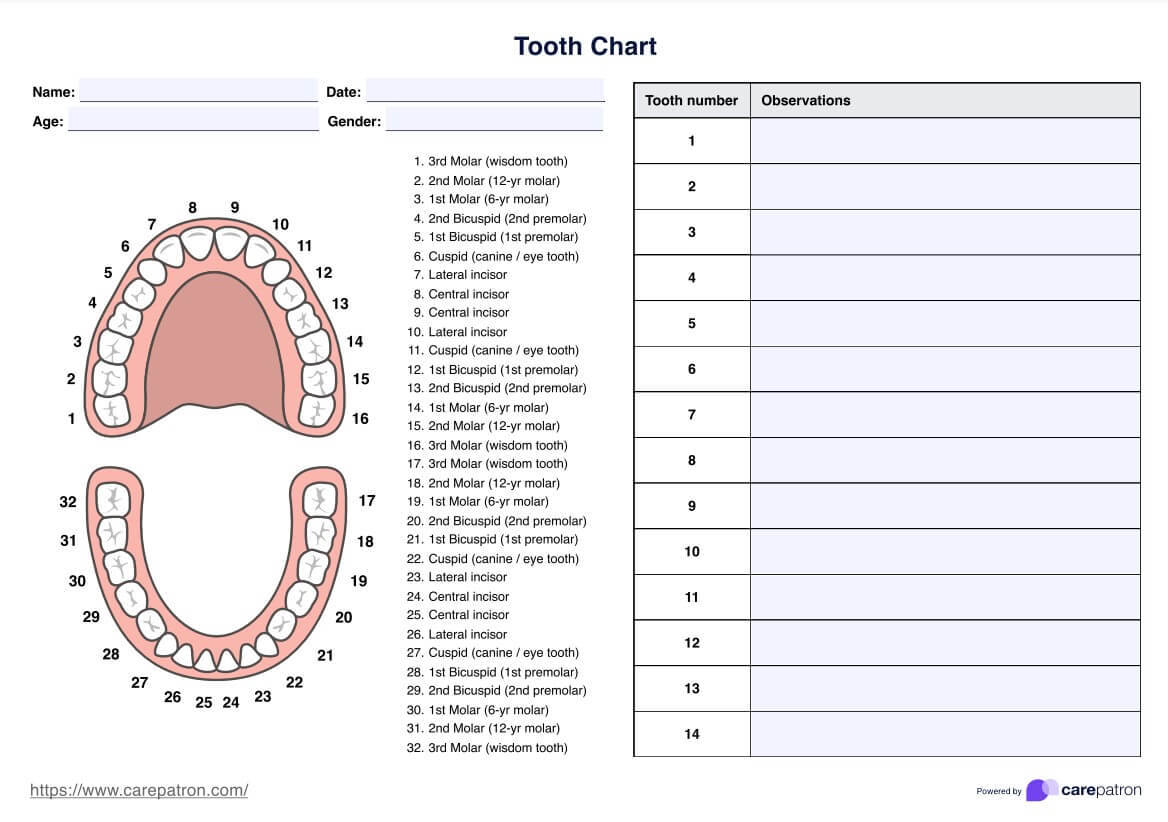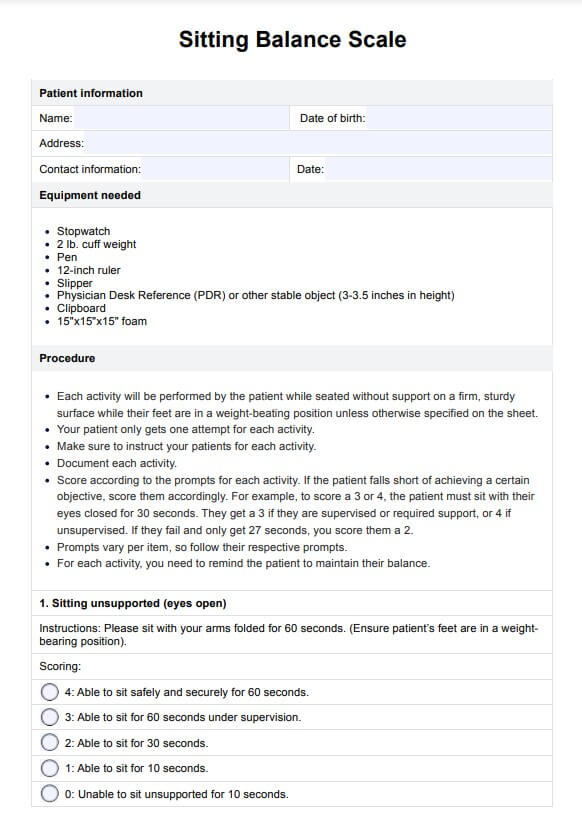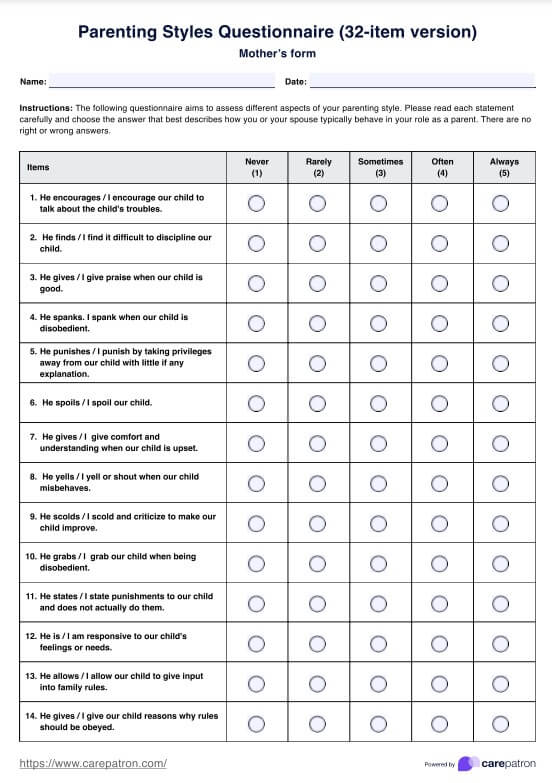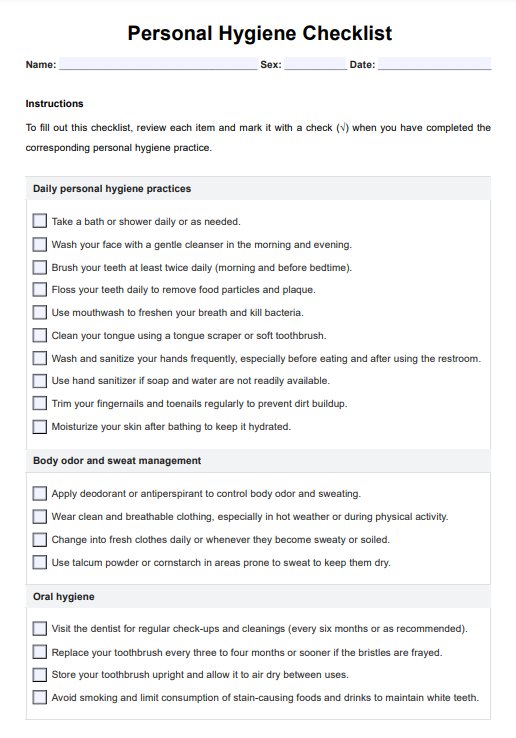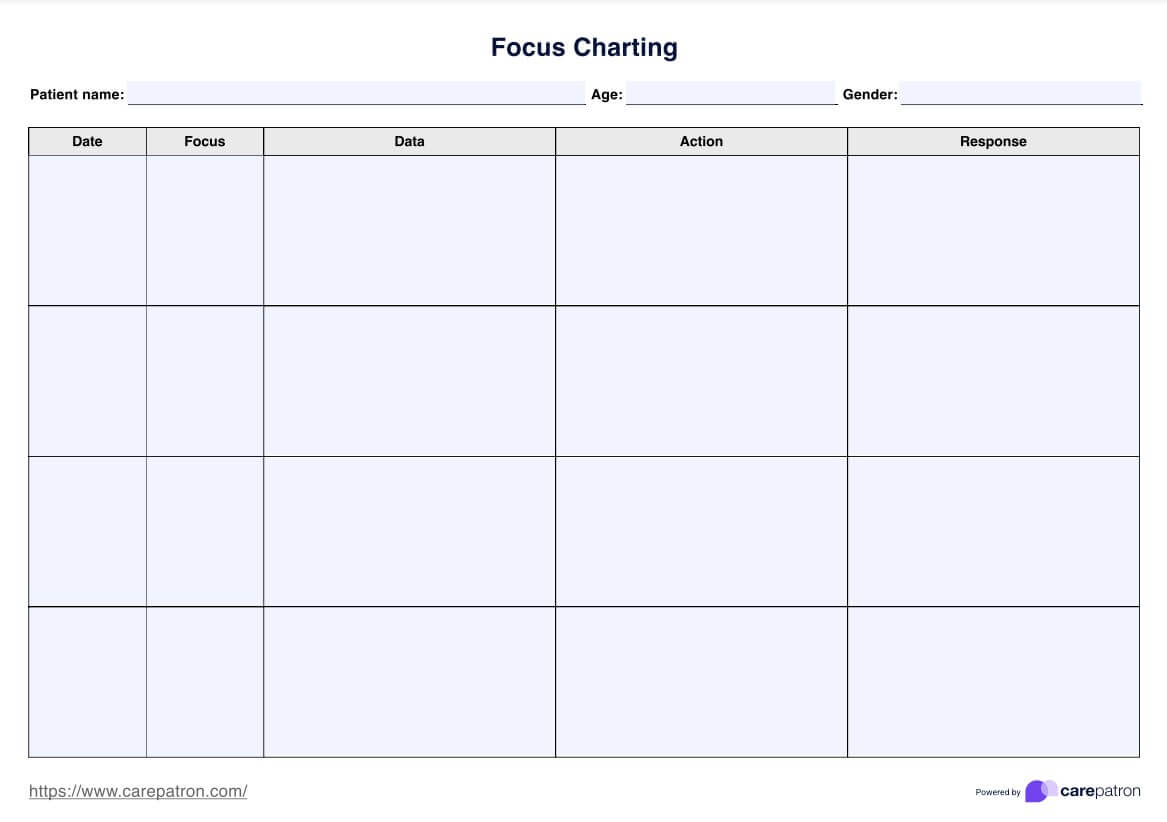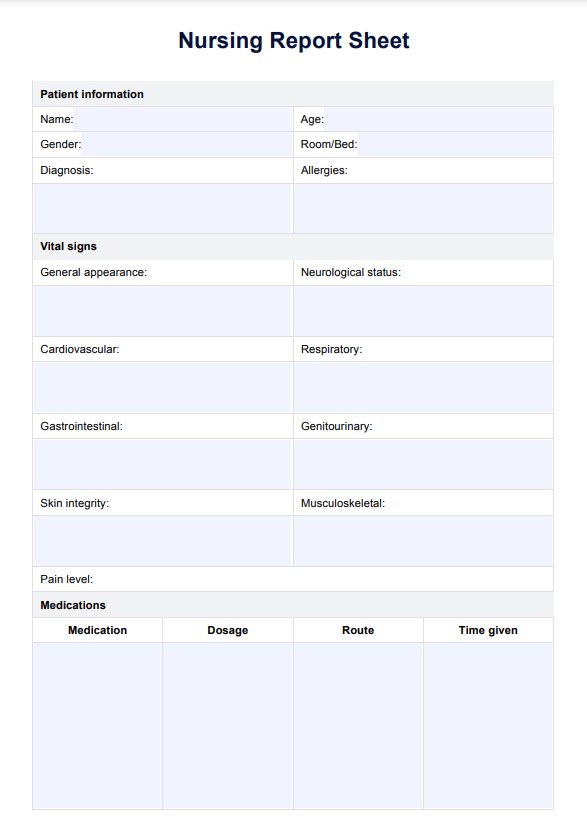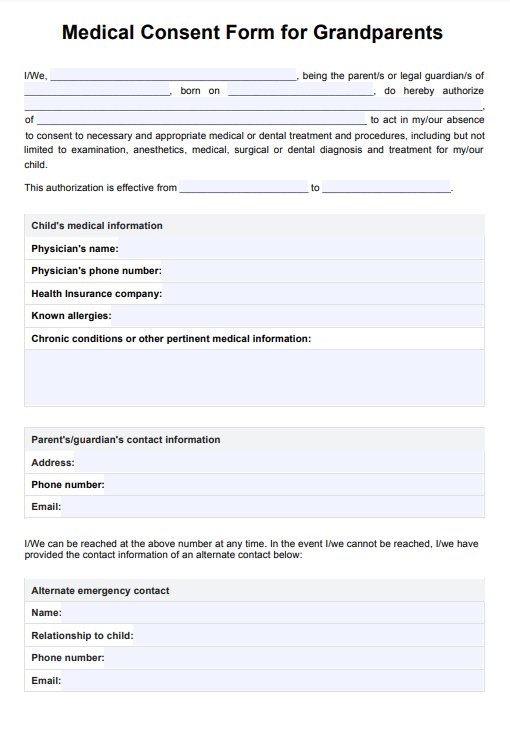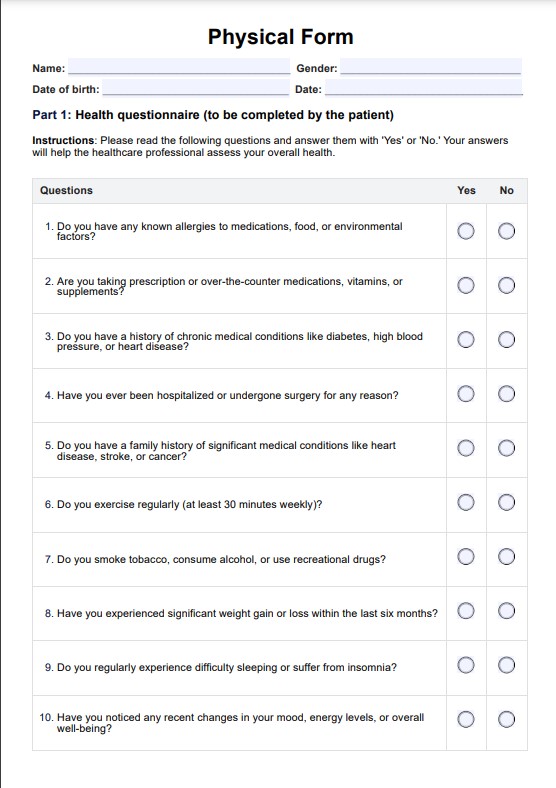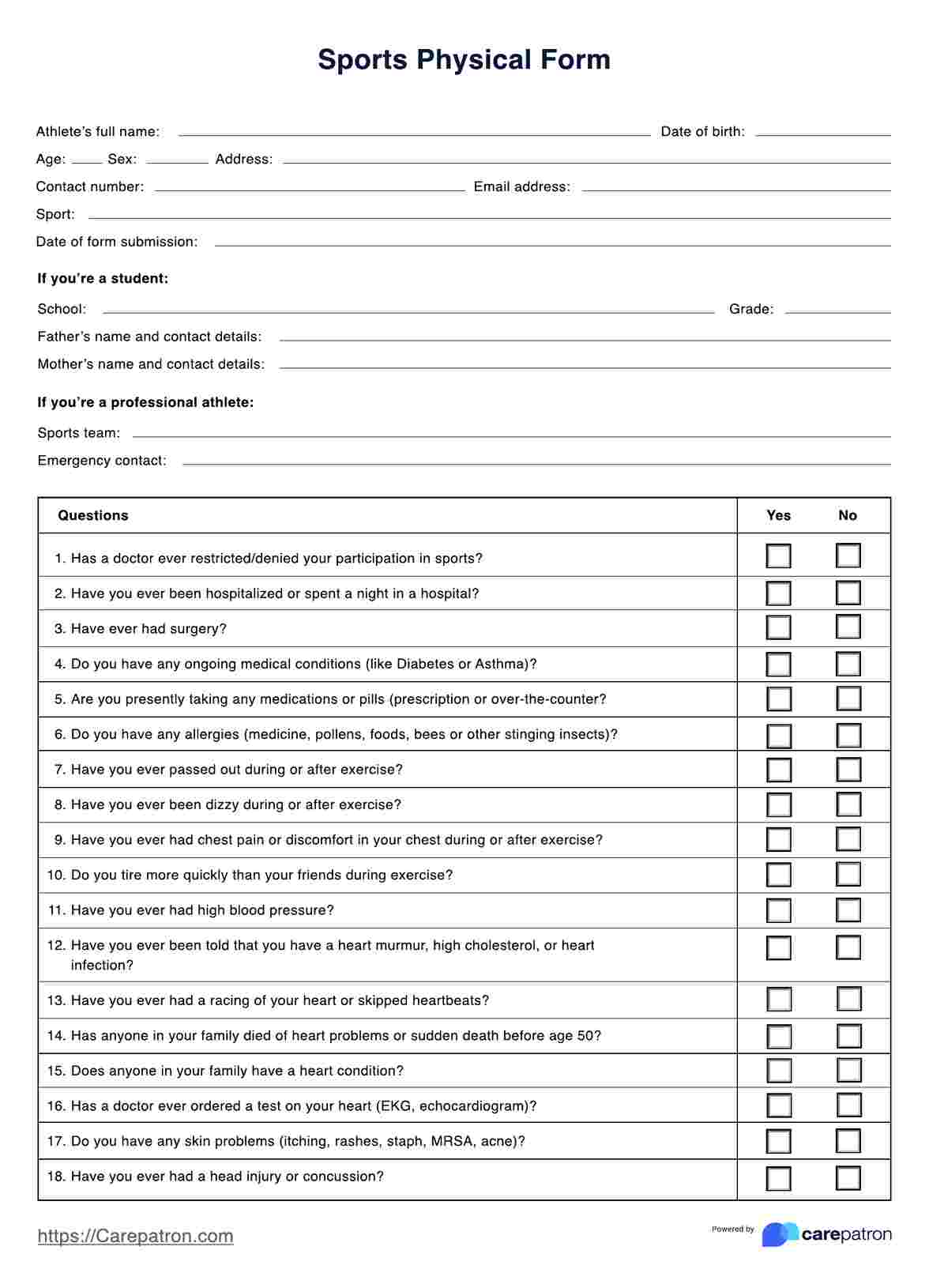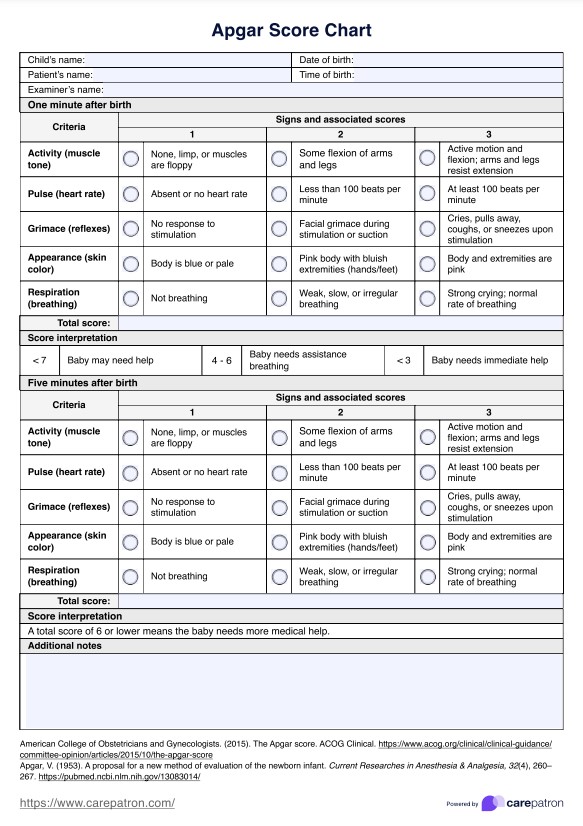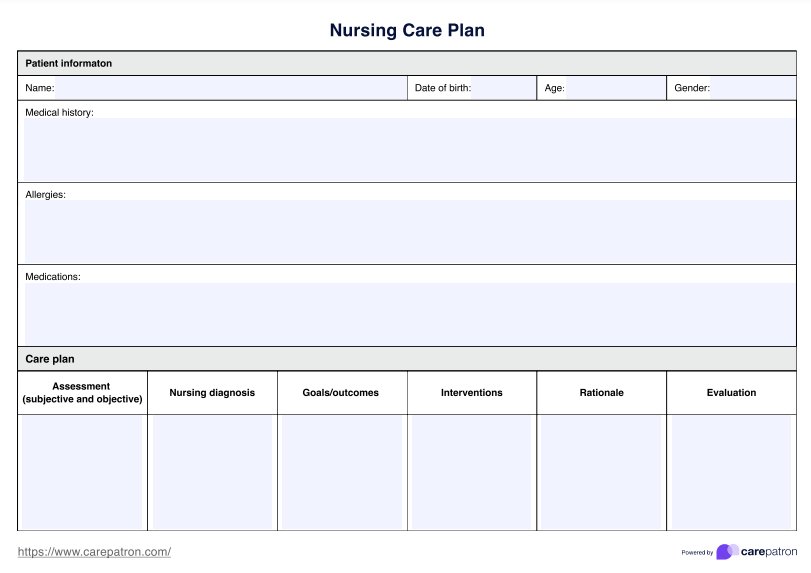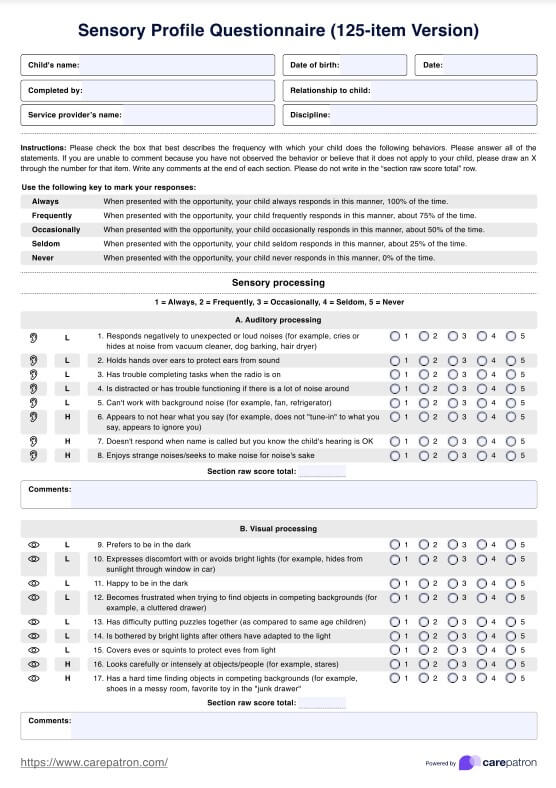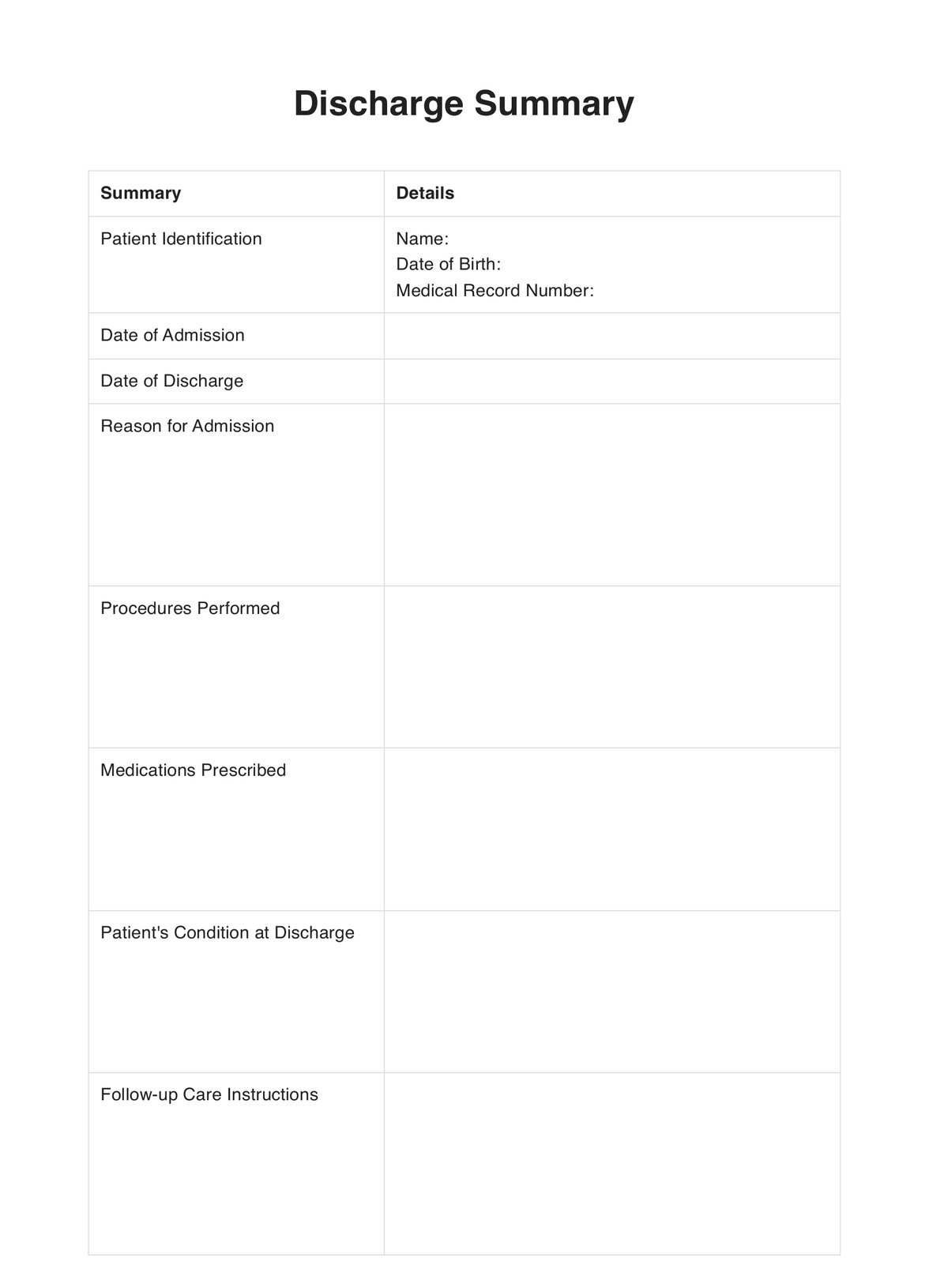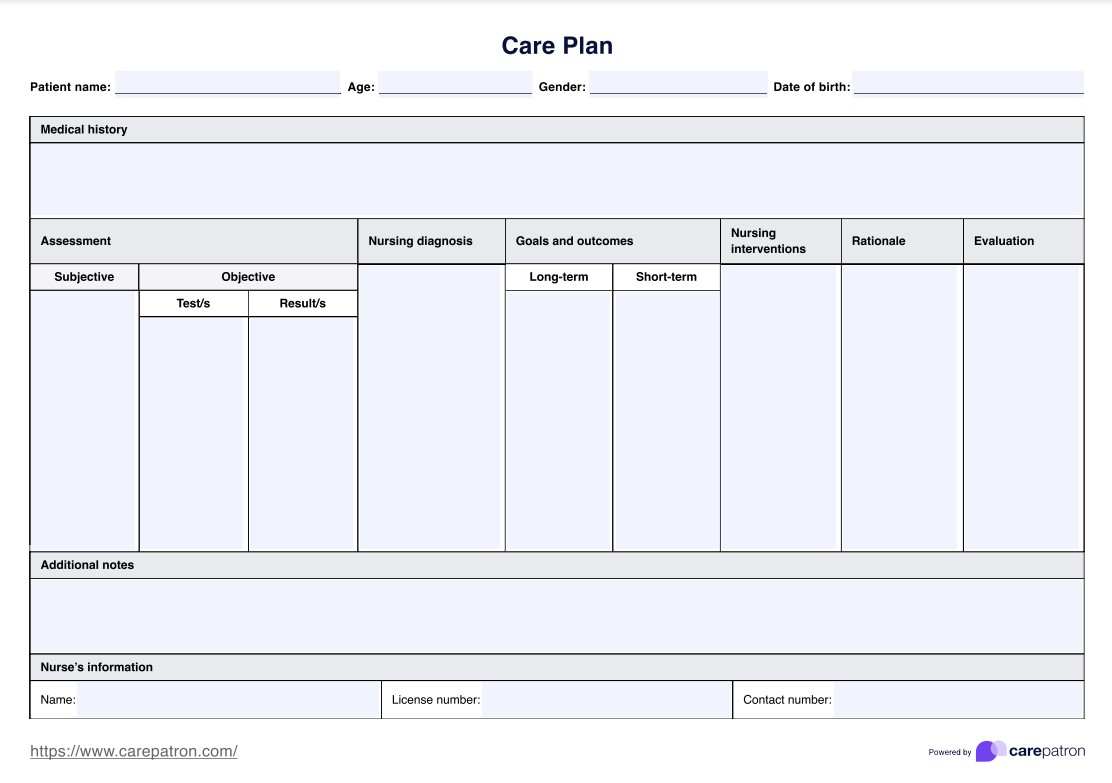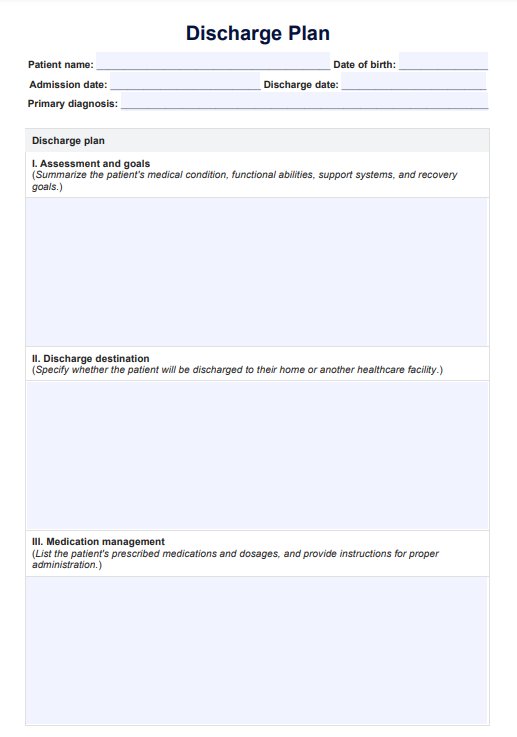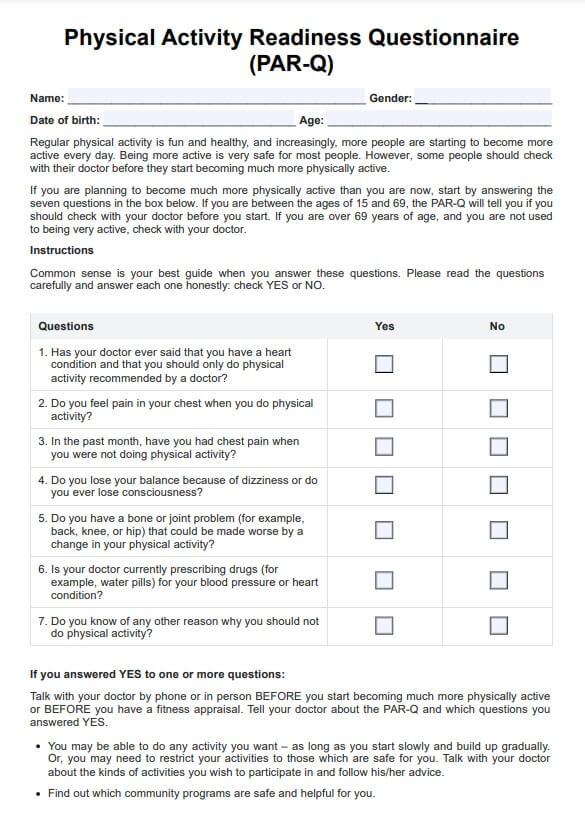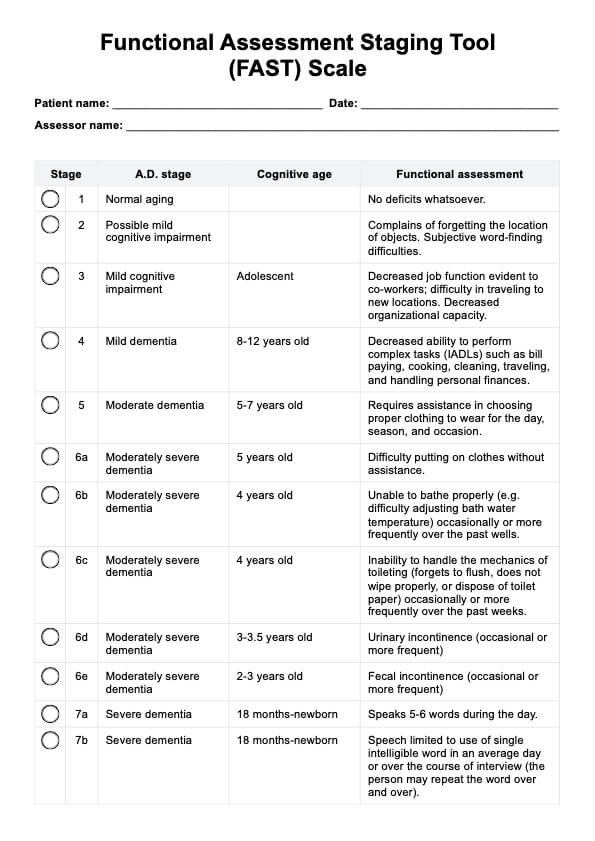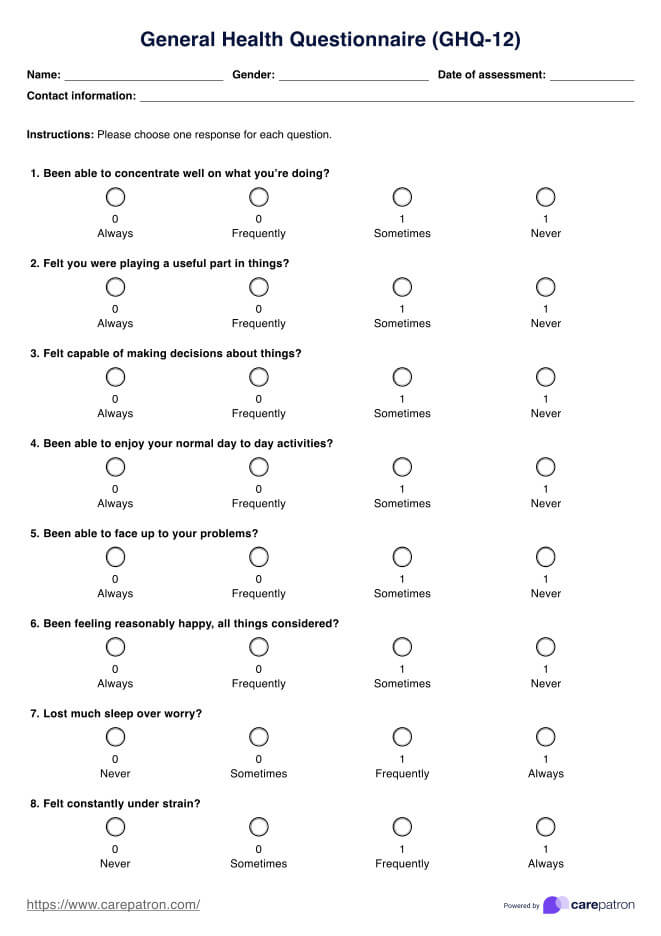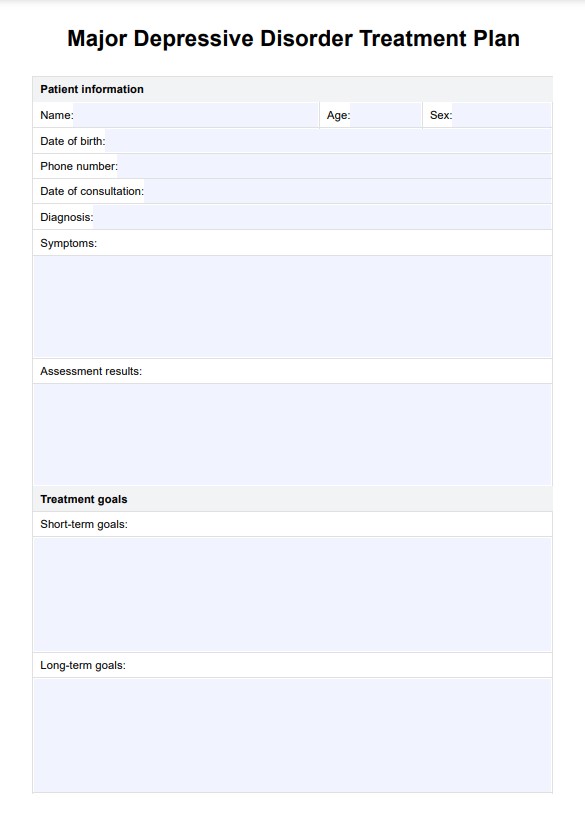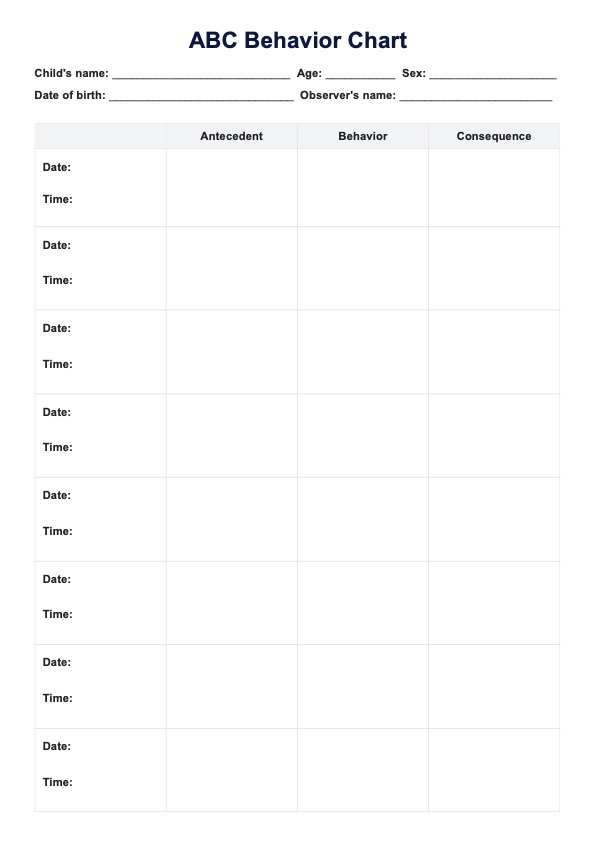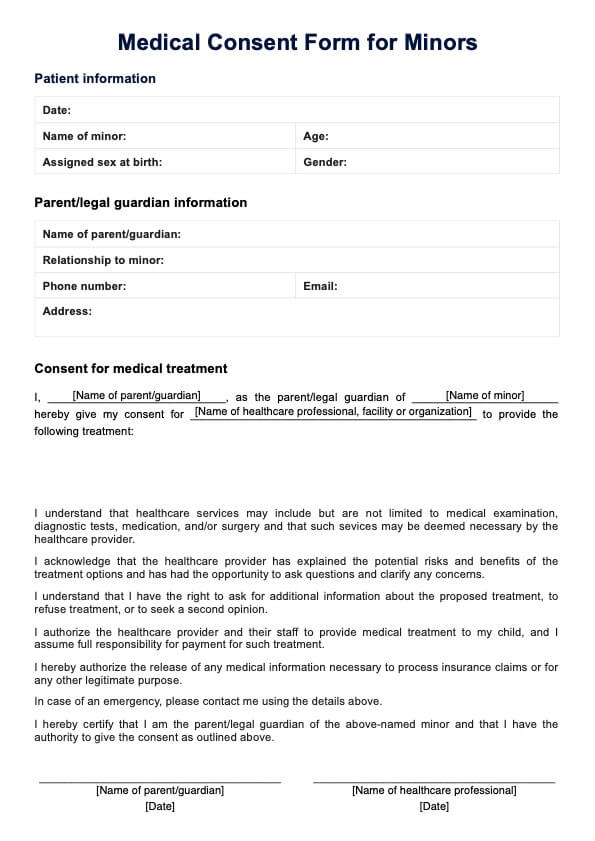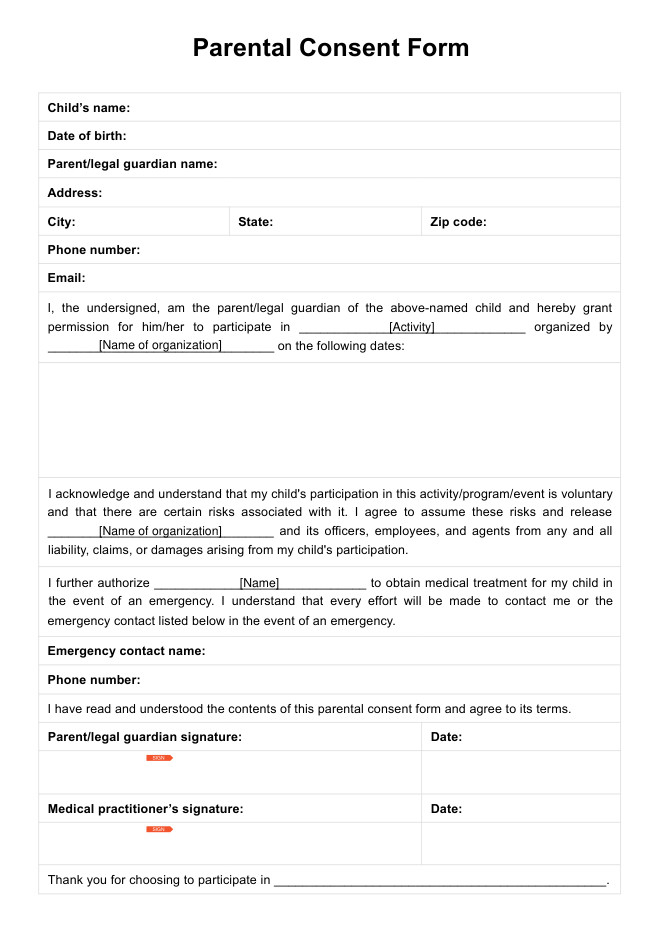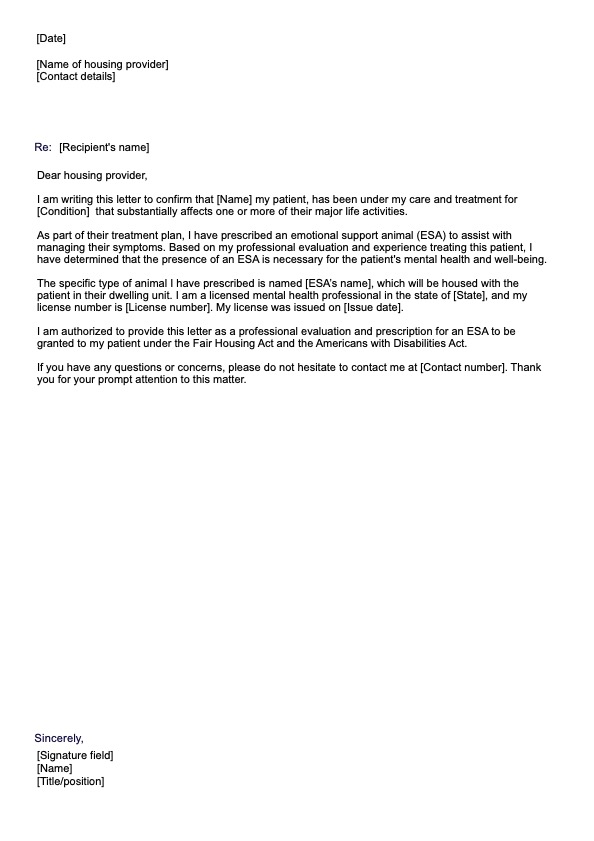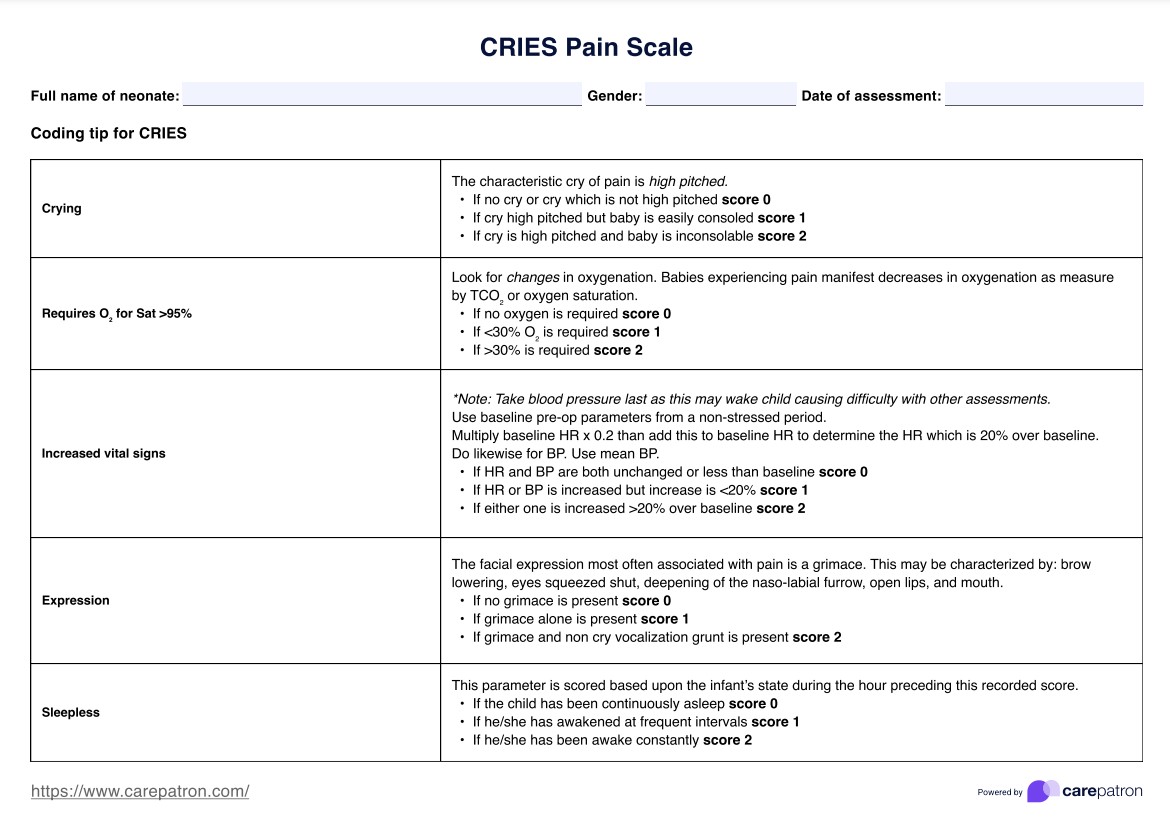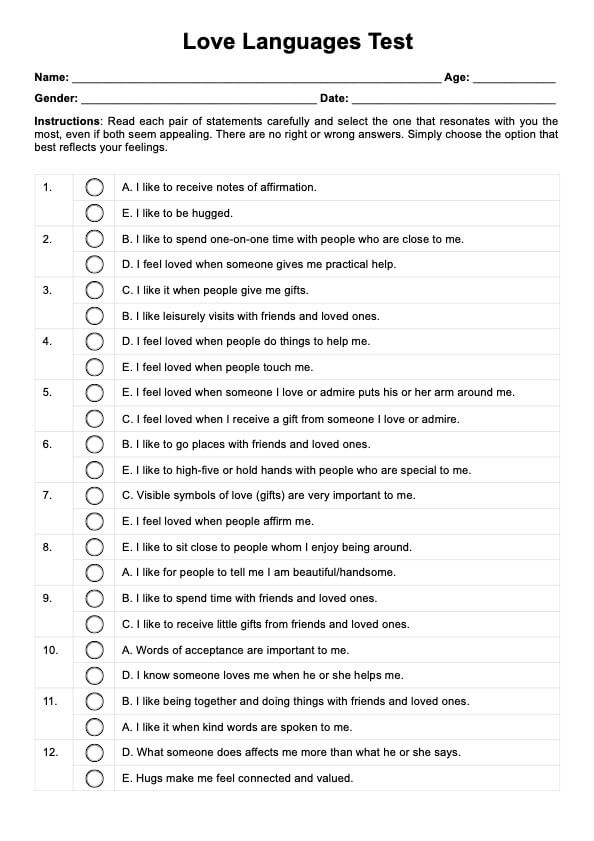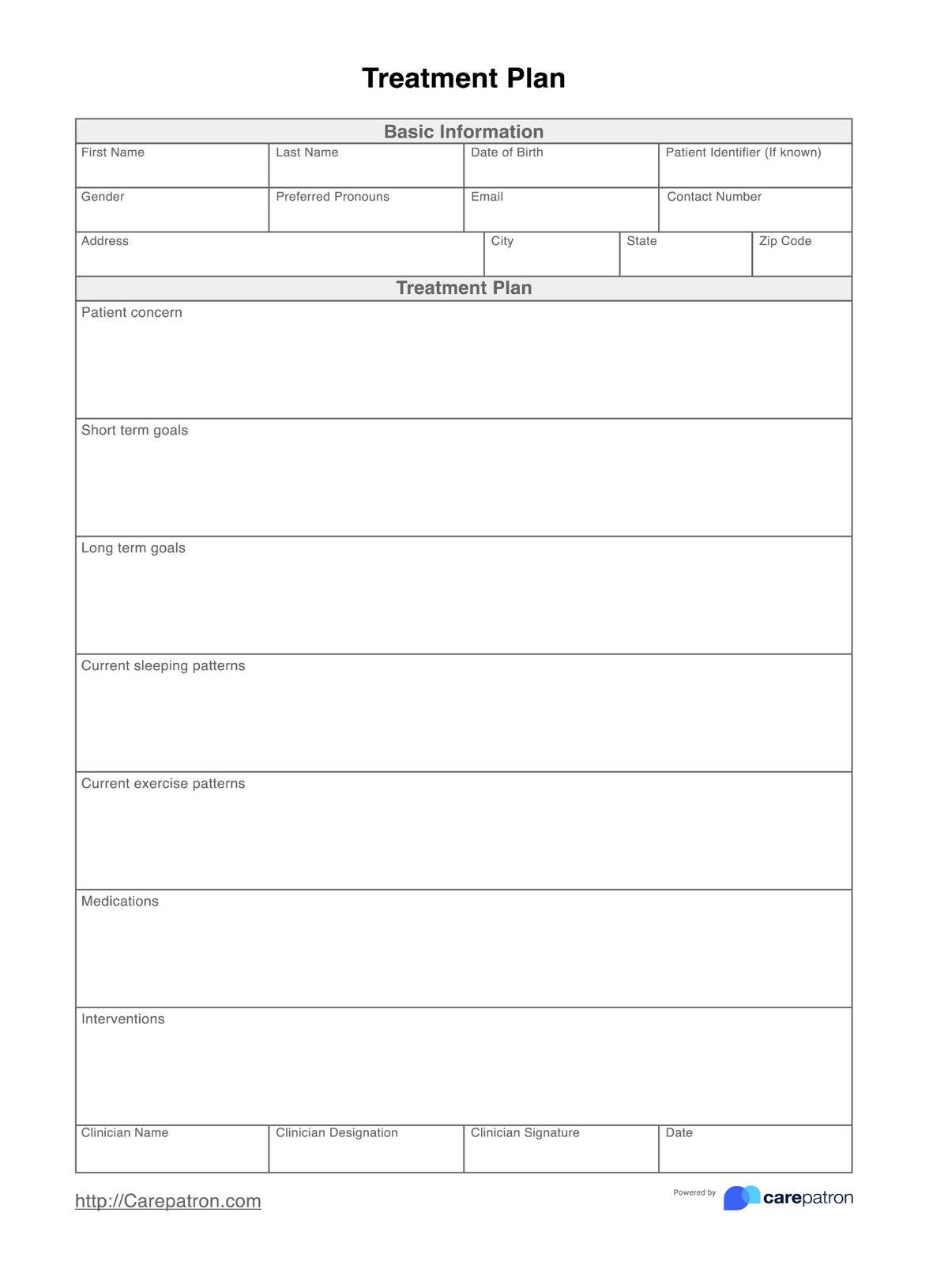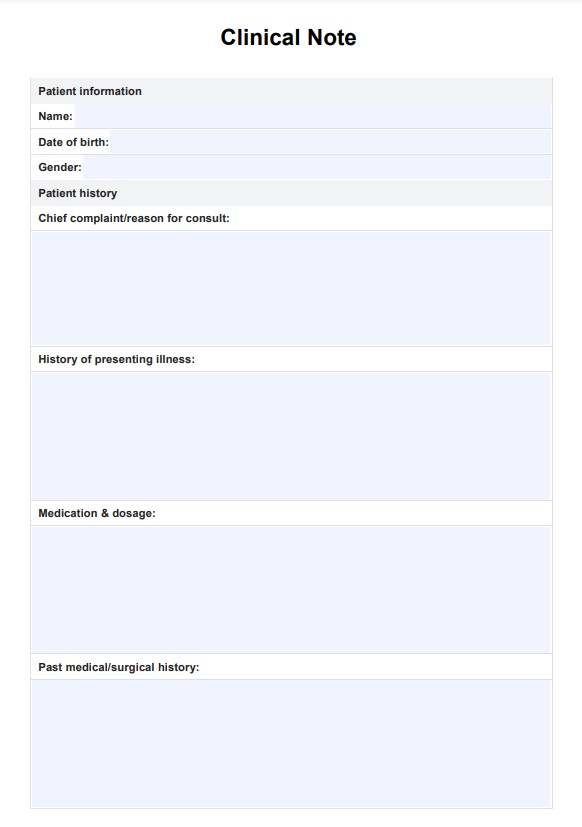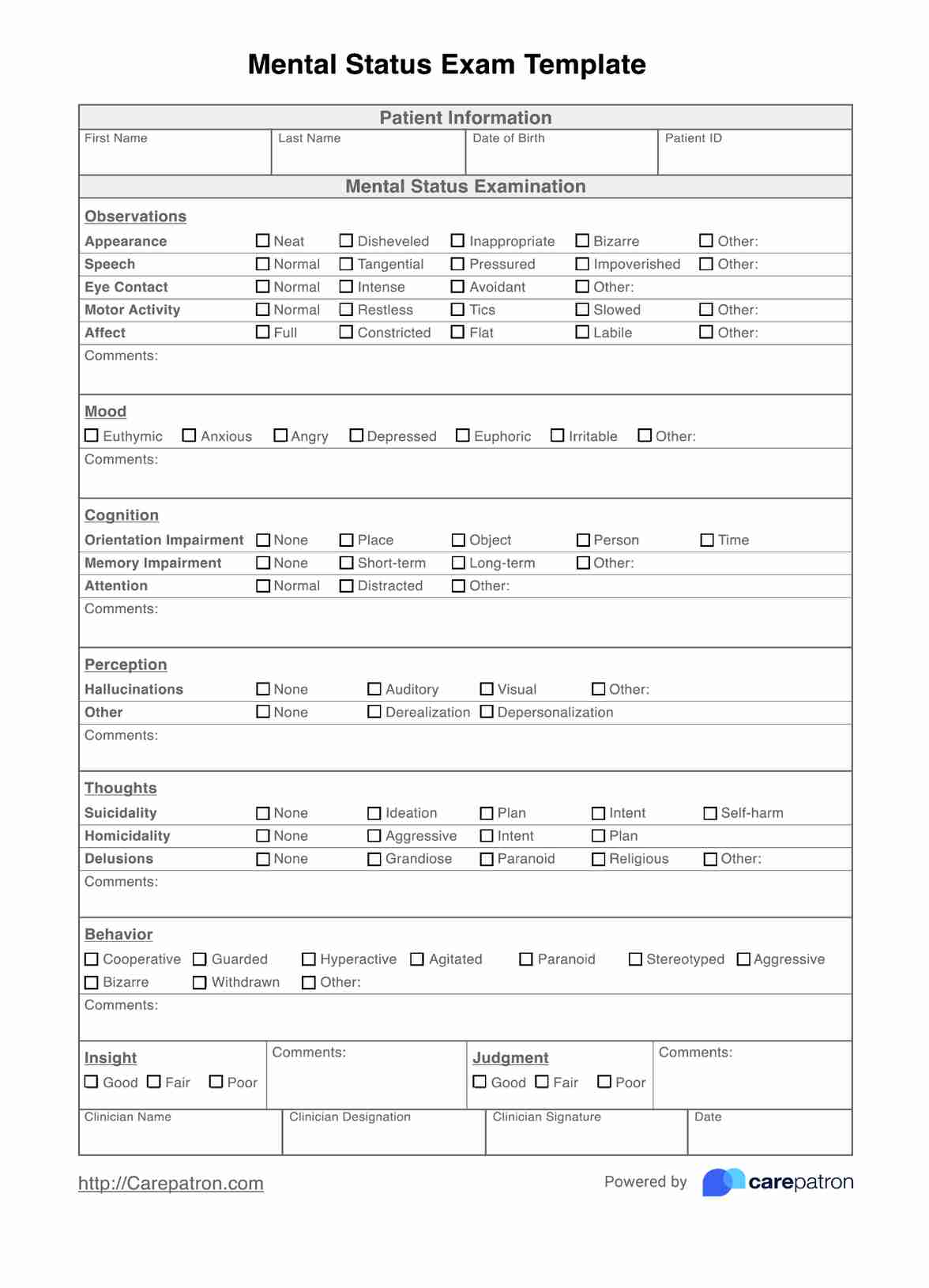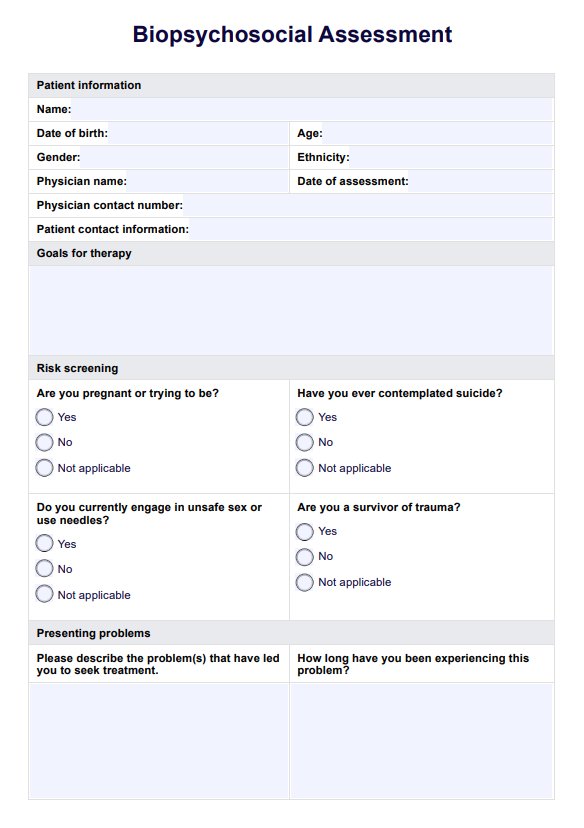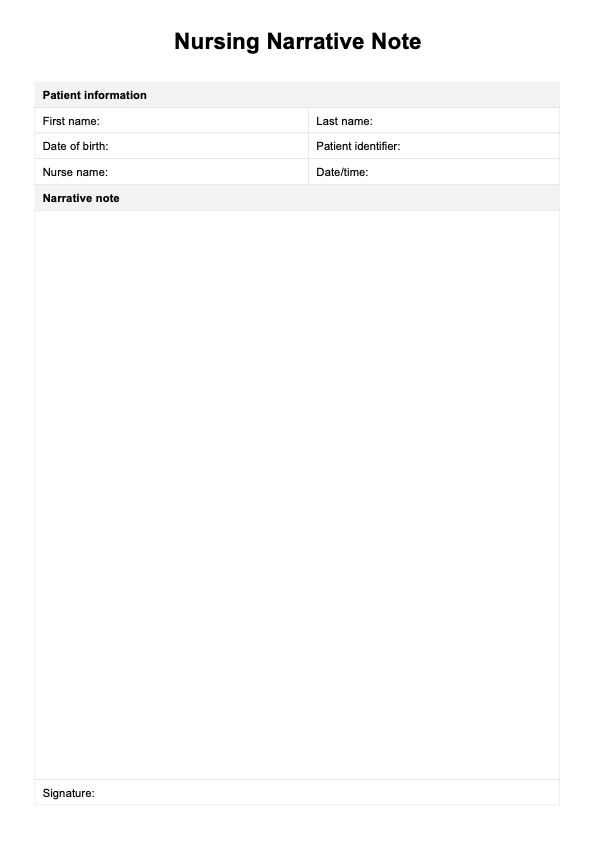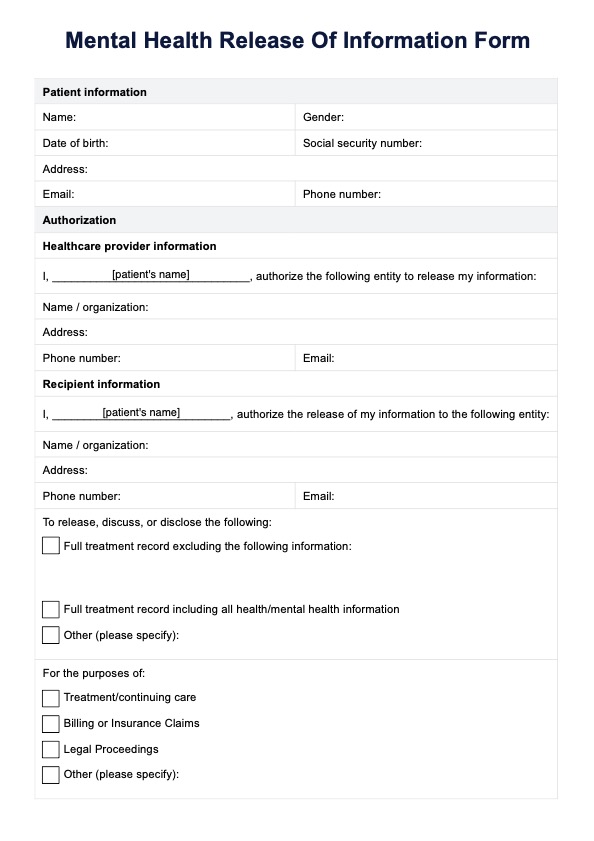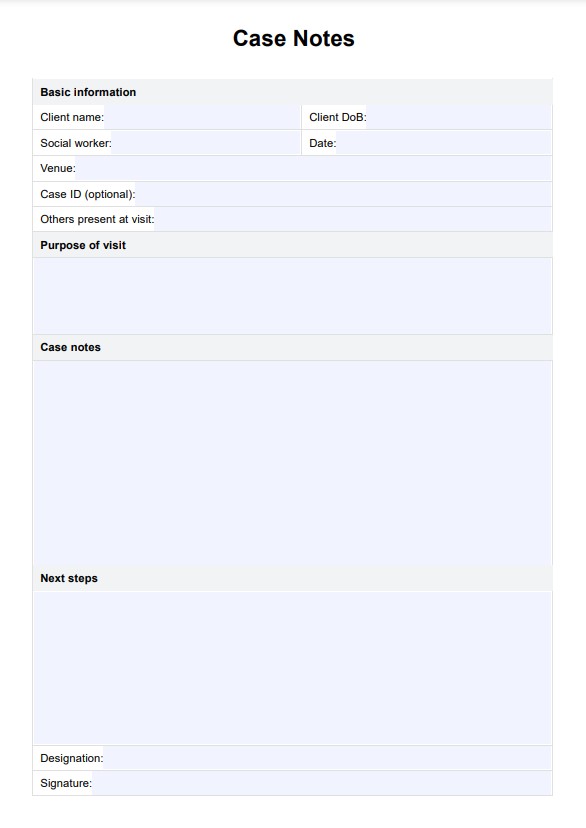Emotional Regulation Chart
Download Carepatron's free Emotional Regulation Chart PDF to help patients identify, understand, and manage emotions using a clear visual guide.


What is emotional regulation in children?
Emotional regulation in children refers to their ability to monitor, manage, and respond to emotional experiences in socially appropriate and flexible ways (Weir, 2023). It is a foundational component of social-emotional learning and directly influences a child's ability to function in daily environments such as school, therapy, and home. Core emotional regulation skills include identifying emotions, tolerating distress, inhibiting impulsive reactions, and shifting attention when needed. As children develop self-regulation, they move from relying on co-regulation with caregivers to managing emotions independently.
Tools like a feelings chart or emotional regulation poster can support the development of emotional awareness and emotional intelligence, especially in early childhood settings. Without these skills, children may struggle with negative emotions, intense emotions, and emotional suffering, impacting both behavior and learning. Structured approaches such as a regulation curriculum can help children improve emotional regulation and build long-term capacity for regulating emotions effectively.
Emotional Regulation Chart Template
Emotional Regulation Chart Example
Key aspects of emotional regulation
Understanding the zones of regulation is essential for building effective self-awareness and self-regulation skills in children. These zones categorize emotional responses into four color-coded states, each reflecting specific body sensations, energy levels, and behavioral patterns.
By using this framework, healthcare practitioners can more easily teach kids to recognize different emotions, apply coping skills, and use targeted behavior strategies. Here are the key aspects of emotional regulation according to Kuypers (2023):
Blue zone
The blue zone represents low-energy emotional states such as sadness, fatigue, or physical discomfort. Children in this zone may feel disengaged, withdrawn, or unwell. Recognizing the blue zone promotes mindful awareness of body sensations and emotional needs. Practitioners can support children by encouraging sensory relaxation, offering quiet spaces, or guiding brief check-ins. Strategies such as rest, comforting sensory tools, or calm music help restore emotional balance. The goal is to build self-awareness and re-engagement by teaching effective coping skills and reinforcing the importance of seeking emotional support when feeling low.
Green zone
The green zone indicates an ideal emotional state for learning, play, and social interaction. It reflects balance, focus, and calm, where positive communication and self-regulation skills are most accessible. In this zone, children demonstrate emotional readiness to engage in tasks, cooperate with others, and maintain controlled excitement. Clinicians should encourage behaviors reinforcing the green zone—such as consistent routines, peer collaboration, and emotional check-ins—to improve emotional regulation. Maintaining this state builds confidence and strengthens behavior management tools. Recognizing the green zone also allows children to reflect on what helps them feel emotionally grounded.
Yellow zone
The yellow zone reflects elevated arousal and emotional tension—feelings like nervousness, unease, or overstimulation. Children in this state may experience trouble concentrating or risk escalation into the red zone if unchecked. Practitioners should focus on mindful awareness and early intervention using strategies like breath control, movement breaks, or quiet time to help regulate arousal. This is a critical moment to teach kids how to self-monitor rising tension and apply proactive coping skills. Identifying triggers and using behavior strategies early can prevent emotional escalation and reinforce adaptive emotional responses in challenging situations.
Red zone
The red zone signifies intense emotions such as anger, fear, or frustration, often leading to reactive or dysregulated behavior. Children in this state may lose control, requiring immediate intervention focused on anger management and grounding techniques. Healthcare practitioners should prioritize body-based strategies like breath control, safe physical activity, or access to a calming space. It’s important to respond with consistency and empathy, helping the child regain self-regulation without reinforcing negative behaviors. Over time, structured support within this zone builds resilience and increases the child’s capacity to manage emotional intensity safely and effectively.
What is an Emotional Regulation Chart?
An Emotional Regulation Chart is a structured visual tool that helps children identify and manage emotional states using four color-coded zones: blue (low energy or discomfort), green (emotional balance), yellow (caution or unease), and red (intense emotions). Each zone reflects different feelings, body sensations, and behavioral cues, allowing healthcare professionals to assess a child's current emotional state quickly and accurately.
This chart supports emotional monitoring, simplifies communication between practitioner and child, and provides clear behavioral strategies tailored to each zone. It is especially useful in therapeutic, educational, and pediatric clinical settings for guiding interventions, developing individualized plans, and supporting self-regulation skill-building.
Additionally, guided questions integrated into the chart help practitioners evaluate emotional awareness and determine appropriate next steps.
How does our Emotional Regulation Chart work
Using the Emotional Regulation Chart within Carepatron’s platform is a straightforward process designed to fit seamlessly into clinical workflows. It allows healthcare practitioners to assess emotional states, guide interventions, and enhance self-regulation practices in children—all with minimal setup and maximum usability.
Step 1: Access the chart
Click the “Use template” button on this page to instantly access the Emotional Regulation Chart. This will direct you to download or open the Carepatron app, where the template is pre-formatted and ready for clinical use. No manual setup is required, making integration into your practice efficient and consistent.
Step 2: Introduce the chart to patient
Once the chart is open, introduce it to the child in age-appropriate language. Explain that the chart helps name how they feel using colored zones. This supports emotional identification and sets the foundation for applying the chart in therapy, behavior tracking, or self-regulation exercises.
Step 3: Discuss how the chart works
Using simple terms and examples, walk the child through each zone—blue, green, yellow, and red. Encourage the child to associate their current feelings with specific zones. Use this opportunity to build their emotional vocabulary and enhance self-awareness through guided discussion and reflective questioning.
Step 4: Provide additional patient education and next steps
Based on the child’s identified emotional zone, offer evidence-based strategies to help regulate their response. Reinforce emotional validation and explain that emotions are normal and manageable. Document insights, adjust care plans as needed, and consider assigning the chart as a daily or weekly check-in tool for ongoing use.
Benefits of using this chart
The Emotional Regulation Chart offers healthcare professionals a reliable tool to help children identify and manage different emotional states. By organizing emotions into four zones, the chart allows for quick assessment and intervention, improving session efficiency and communication. It serves as structured visual support that helps practitioners guide children through self-reflection and emotional labeling.
Using this tool consistently can enhance social awareness, emotional insight, and better behavior management. For clinicians, it simplifies documentation and progress tracking by linking observable responses to specific emotional categories. It also encourages children to use coping techniques like taking deep breaths or stepping back to regain complete control.
This resource is handy during challenging times, such as transitions or behavioral escalations, and supports long-term well-being by teaching adaptable emotional responses. Whether a child feels overwhelmed or starts to feel sad, the chart helps promote a more well-balanced approach to regulation and care planning.
References
Kuypers, L. (2023). Learn more about the ZONES of Regulation. The Zones of Regulation. https://zonesofregulation.com/how-it-works/
Weir, K. (2023, April 21). How to help kids understand and manage their emotions. American Psychological Association. https://www.apa.org/topics/parenting/emotion-regulation
Veelgestelde vragen
The six core emotion regulation strategies include situation selection, modification, attentional deployment, cognitive change, response modulation, and acceptance. These techniques help individuals influence which emotions they experience when they experience them and how they express them.
The five stages include emotional identification, emotional understanding, emotional acceptance, emotional regulation strategy use, and emotional reflection. These stages guide individuals through effectively recognizing, processing, and adjusting their emotional responses.
The emotional regulation scale typically refers to rating the intensity of emotional experiences or regulation success on a numerical range (e.g., 1 to 10). It helps professionals assess a child's capacity to manage emotions in various situations.
The emotion regulation scale is a standardized psychological assessment tool to measure an individual's ability to monitor, evaluate, and modify emotional reactions. It is commonly used in clinical and research settings to evaluate emotional functioning and self-regulation skills.


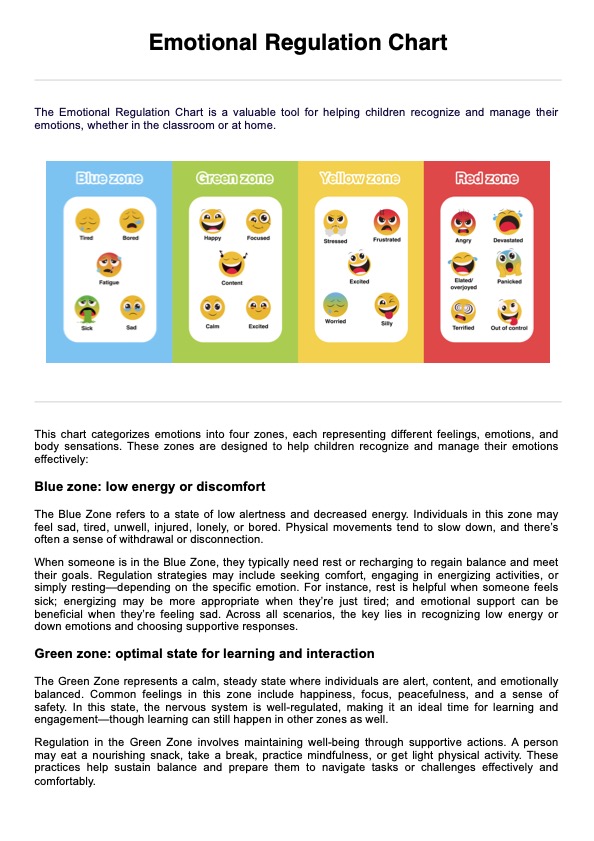
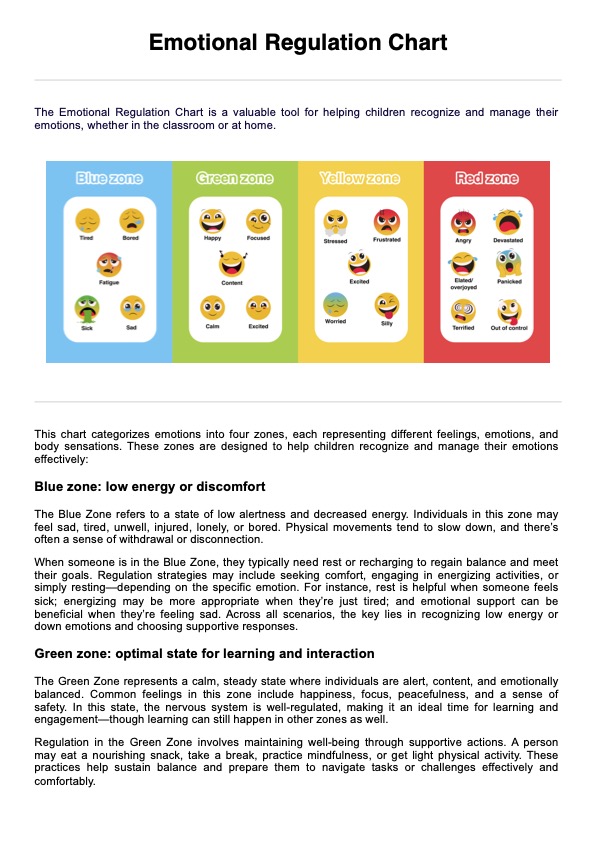

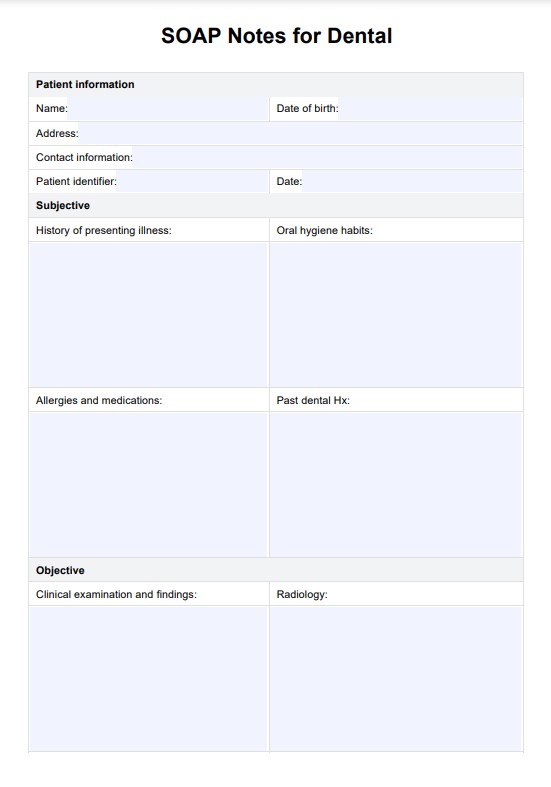
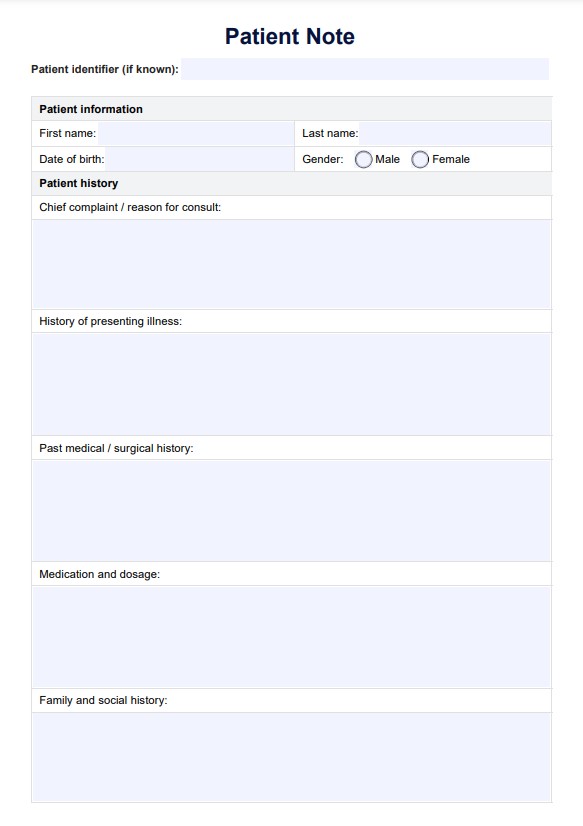
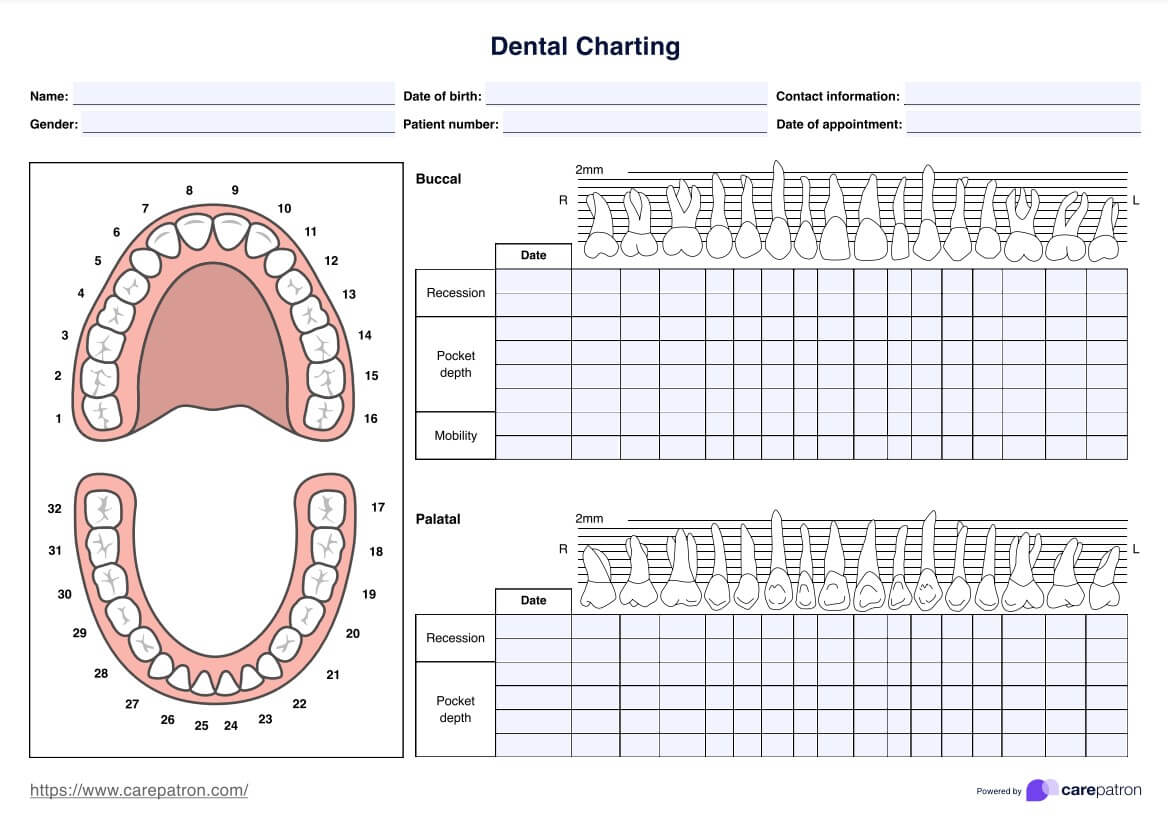
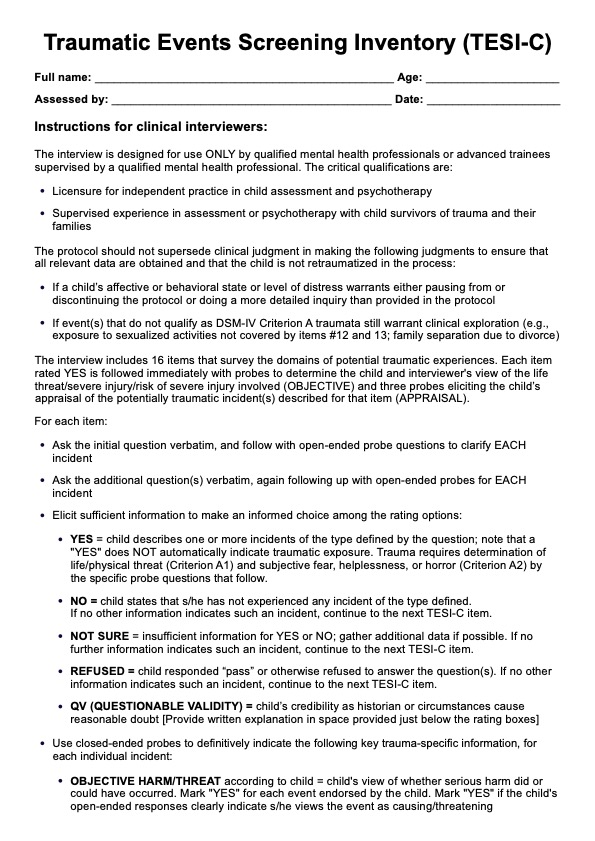
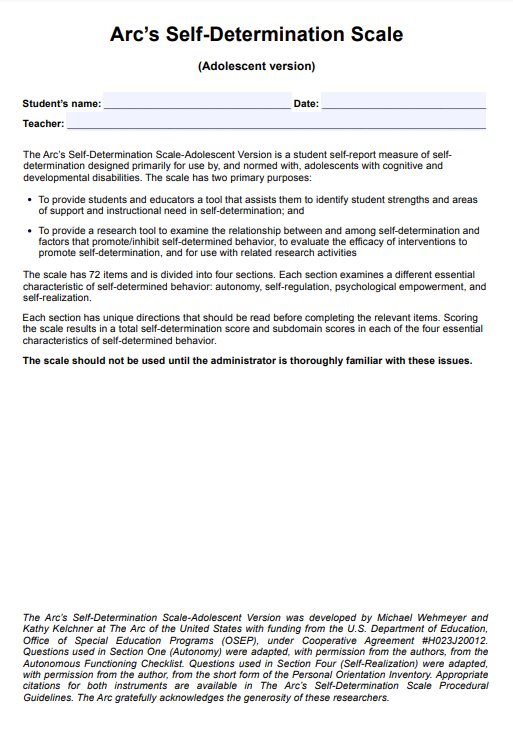
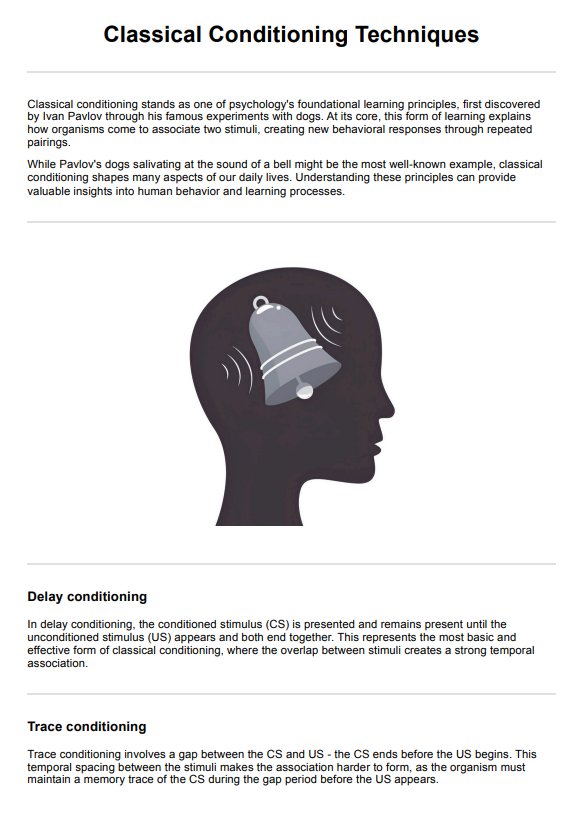
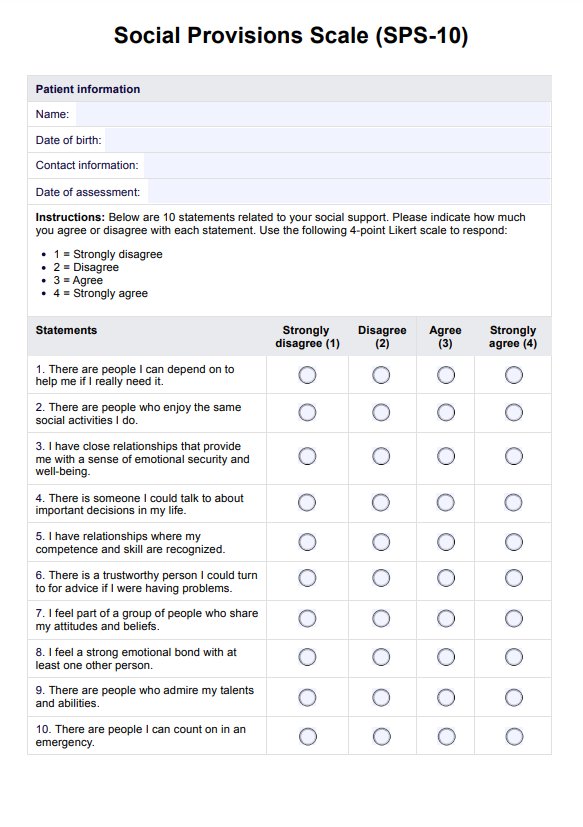

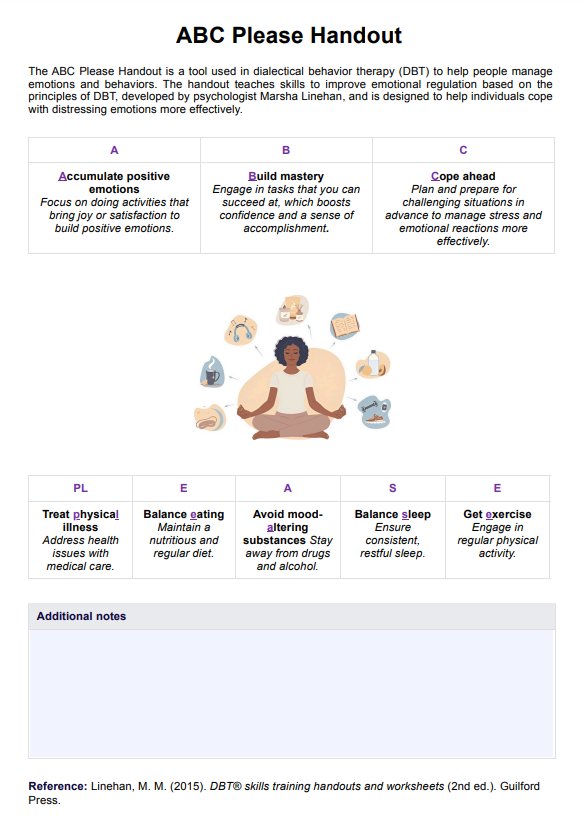
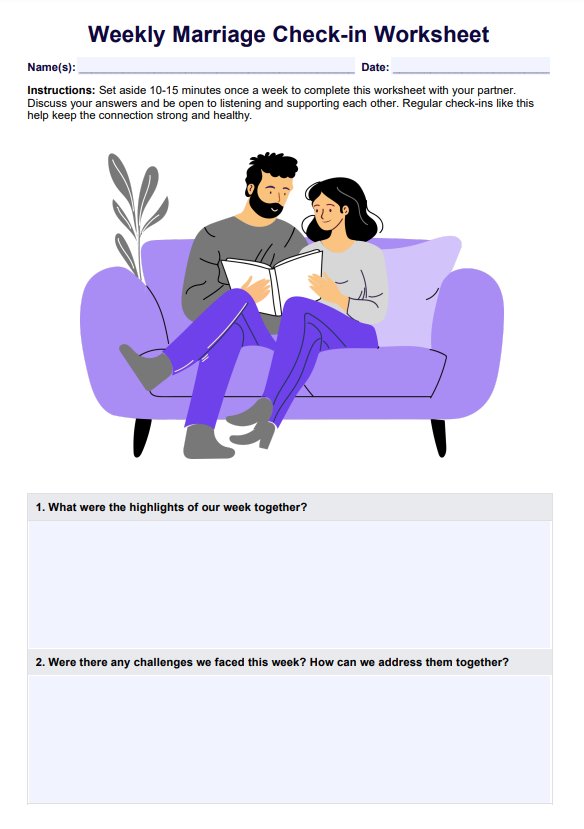
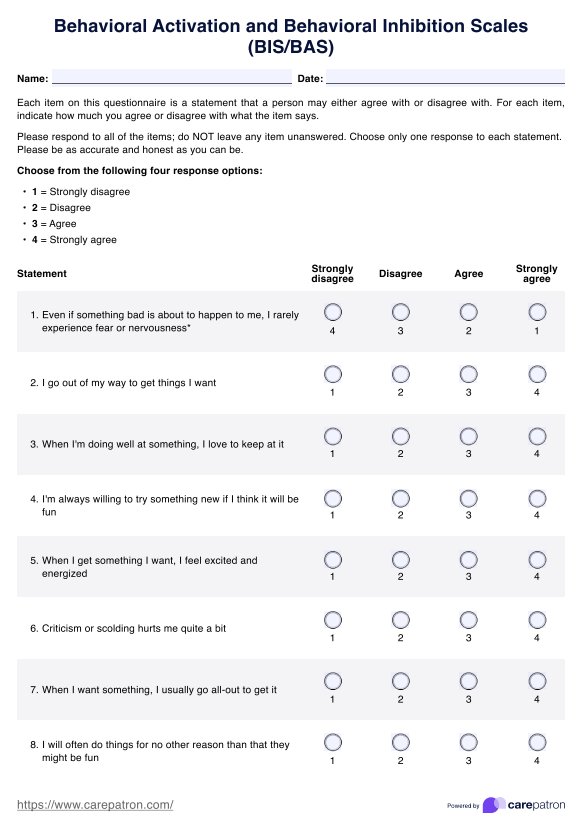
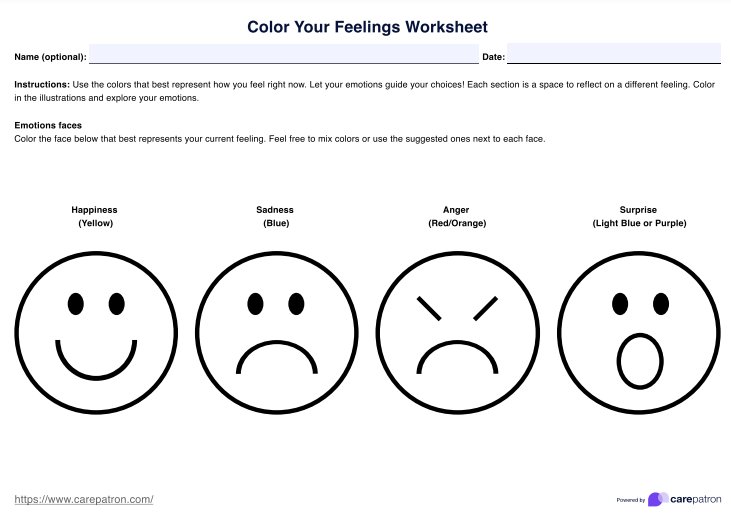
-template.jpg)
